What exactly defines “dance songs”? It’s a valid question. In a broad sense, any piece of music that inspires movement could be considered a dance song. From The Beatles to Slayer, countless artists across genres have created music that gets people moving. Hip-hop and reggae, in their essence, are inherently danceable genres. However, when curating a list of the Best Dance Music, we delve into something more specific: “dance music culture.” This is a distinct and expansive world, spanning nearly five decades and constantly evolving.
Our exploration of dance music, after acknowledging the foundational influence of James Brown, begins in the mid-1970s with the disco phenomenon. From there, we trace its evolution through the early 1980s club scenes, marked by electro and Latin freestyle. Disco’s reinvention as house music in Chicago and techno in Detroit marked another pivotal moment. This transformation accelerated into the 1990s rave explosion, giving rise to diverse genres like jungle, trance, gabba, and garage. Eventually, this lineage led to the EDM and dubstep boom of the 2000s. While these genres have had their periods of mainstream prominence, they remain vital and ever-present. Drum ‘n’ bass, for instance, is currently experiencing a resurgence, and contemporary house tracks continue to emerge.
This list does not aim to capture every nuance within this vast and interconnected world of dance music subgenres. Instead, we focused on tracks that possess a timeless quality and resonate universally. We paid particular attention to moments where dance music intersected with broader musical landscapes – including synth-pop, hip-hop, funk, Miami bass, R&B, indie-rock, Latin music, and pop. This is why you’ll find artists like Prince, Robyn, Britney Spears, Shakira, and Justin Bieber alongside pioneers like Adonis, Frankie Knuckles, Moodymann, Goldie, and SOPHIE.
If you’re curious about how we arrived at a point where mainstream artists like Drake and Beyoncé are releasing house-inspired tracks, this curated selection tells that story – or at least, our perspective on it, highlighting some of the best dance music ever created.
Donna Summer, ‘Last Dance’ (1979)
Image Credit: Redferns
The film Thank God It’s Friday, while essentially an advertisement for Casablanca Records and its disco artists, ironically signaled the genre’s peak and subsequent decline. Yet, “Last Dance” stands apart, rightfully earning an Oscar for Best Original Song. Beginning at a glacial pace, it gradually builds into a dynamic and captivating disco anthem. The brilliance lies in the tempo shift, conceived by Casablanca’s producer Bob Esty, making it a standout track of the era. —M.M.
Fatboy Slim, ‘The Rockafeller Skank’ (1998)
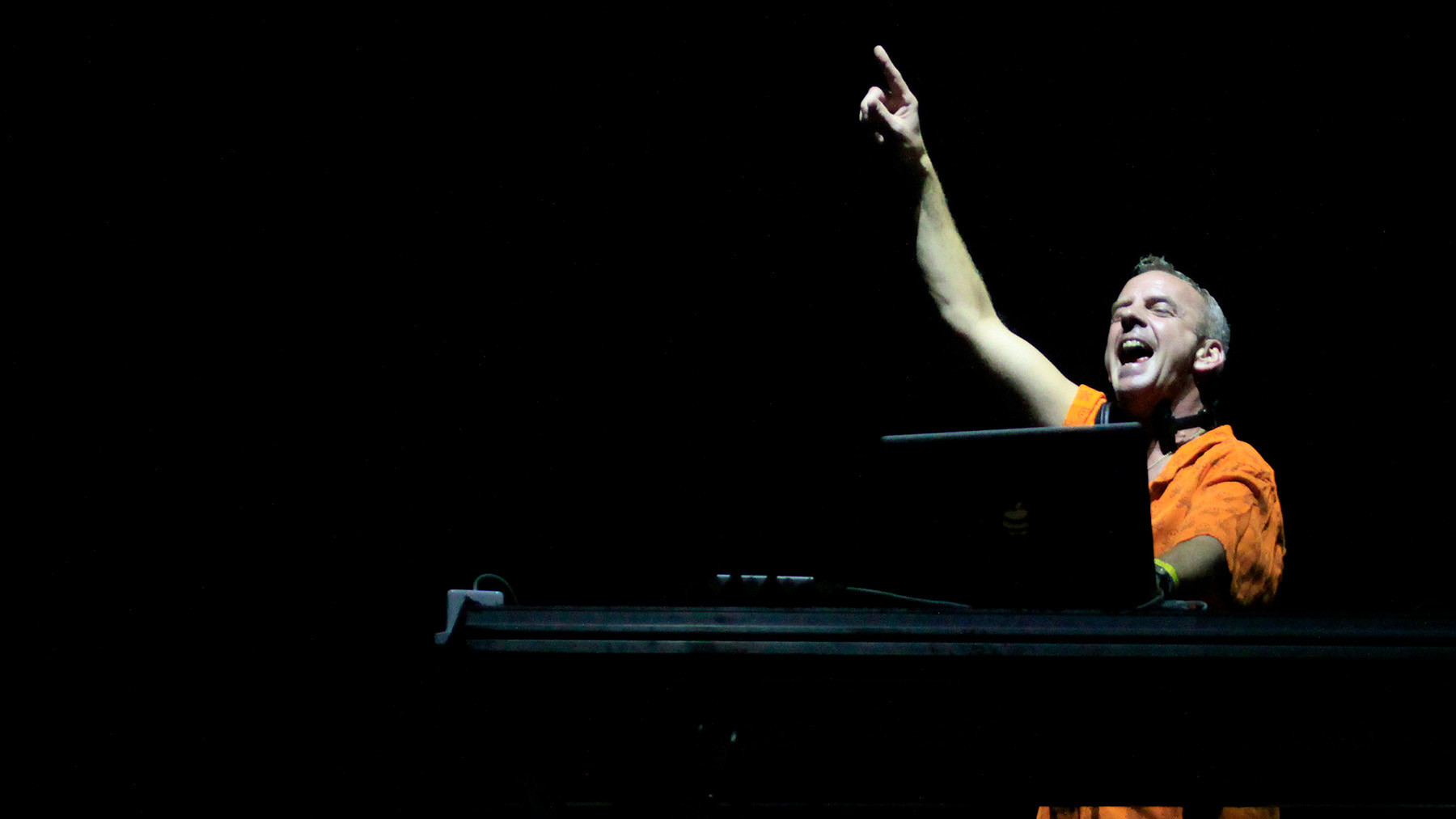 British DJ Fatboy Slim performing a concert at the Pop Music Festival, held at the parking lot of the Federation of Industries of Rio Grande do Sul, in northern Porto Alegre, southern Brazil, on March 15, 2011. Photo: WESLEY SANTOS/AE/AE (Agencia Estado via AP Images) Image Credit: AP
British DJ Fatboy Slim performing a concert at the Pop Music Festival, held at the parking lot of the Federation of Industries of Rio Grande do Sul, in northern Porto Alegre, southern Brazil, on March 15, 2011. Photo: WESLEY SANTOS/AE/AE (Agencia Estado via AP Images) Image Credit: AP
Norman Cook, known as Fatboy Slim, described his massive hit, “The Rockafeller Skank,” as “funny.” He recounted the first play at the Boutique in Brighton: “I put it on and everybody just looked up, mouthing, ‘This is you, isn’t it?’” The track’s success was undeniable. Cook’s signature formula of breakbeats and guitar riffs reached peak effectiveness. “Skank,” with its surf-rock guitar and Lord Finesse sample (“Right about now, the funk soul brother/Check it out now, the funk soul brother”), rapidly became ubiquitous. Cook humorously noted the “Frat-Boy Slim” jokes, acknowledging “Rockafeller Skank” as an anthem for a “beer-boyish mentality.” Despite its playful nature, it’s undeniably one of the best dance music tracks of the late 90s. —M.M.
Mescalinum United, ‘We Have Arrived’ (1991)
Techno’s heavier counterpart, “gabber,” meaning “buddy” in Dutch, finds its strongest fanbase in the Netherlands. However, gabber’s primary innovator is Marc Acardipane, operating under approximately 90 aliases. His initial breakthrough, “We Have Arrived,” credited to Mescalinum United, remains potent. Built upon powerful drums and piercing air-raid siren sounds, it became the foundational record for the gabber genre. At Brooklyn raves hosted by Lenny Dee, whose label released the track in America, crowds would enthusiastically mosh to its aggressive energy. Its raw intensity cements its place in the history of best dance music subgenres. —M.M.
Oliver Heldens, ‘Melody’ (2016)
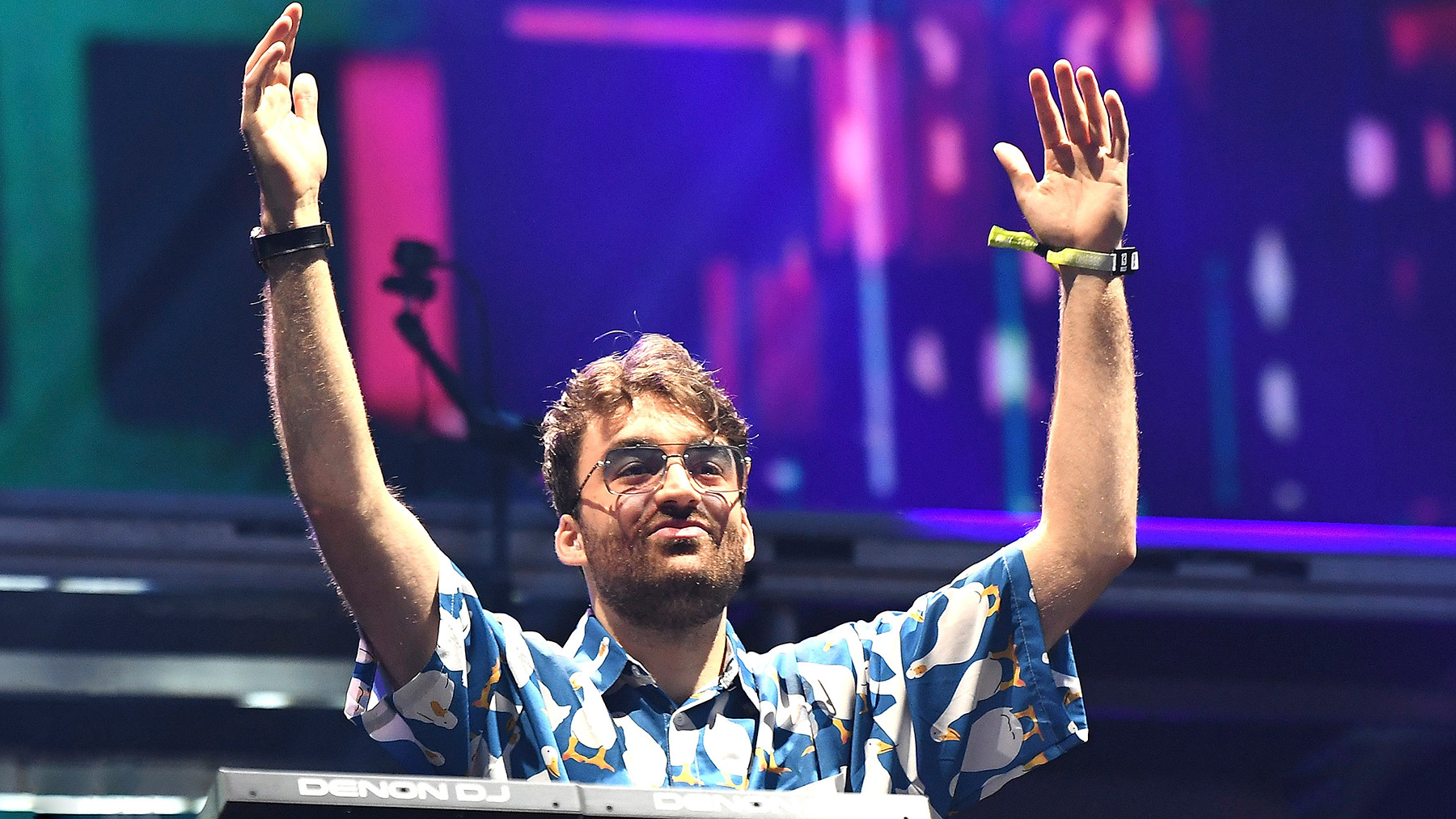 Oliver Heldens
Oliver Heldens
By the mid-2010s, a fatigue with predictable build-and-drop structures even permeated mainstream festival DJ sets. Oliver Heldens’ “Melody” signaled a shift. Released when the Dutch producer was only 18, “Melody” exhibited a sophisticated dance-music classicism with dramatic string arrangements and an uplifting piano melody. While retaining a powerful bassline, the track introduced a more refined sound, marking a move towards more nuanced and melodic best dance music. —M.M.
Kerri Chandler, ‘Rain’ (1998)
New Jersey house producer Kerri Chandler’s deeply soulful tracks are a major reason for his influence on contemporary producers and DJs. Chandler, reflecting on his vocal work in 2014, stated, “I never considered myself a singer. I feel I’m more of a vocalist. I write my life’s story and let it out through the music.” Perhaps “monologist” is more fitting. In “Rain,” Chandler’s poignant plea, punctuated by the repeated title, touches on heartbreak (“Never knew you could be this way — rain”). Yet, the music, particularly the playful xylophone solo, leans towards teasing rather than sadness, resulting in a uniquely emotive piece of best dance music. —M.M.
Detroit Grand Pubahs, ‘Sandwiches’ (2000)
 LONDON, ENGLAND – 2002: Mack Goudy Jr, aka Paris the Black Fu, of Detroit Grand Pubahs performs live at the ICA, circa 2002 in London, England. (Photo by Jim Dyson/Getty Images) Image Credit: Jim Dyson/Getty Images
LONDON, ENGLAND – 2002: Mack Goudy Jr, aka Paris the Black Fu, of Detroit Grand Pubahs performs live at the ICA, circa 2002 in London, England. (Photo by Jim Dyson/Getty Images) Image Credit: Jim Dyson/Getty Images
Andy Toth and Mack Goudy, a.k.a. Dr. Toefinger Paris the Black Fu of Detroit Grand Pubahs, met while working at a Royal Oak, Michigan restaurant. Toth recounted, “We both liked whiskey and working on music.” One night, Toth created a vibrant electro track, and Paris spontaneously grabbed the microphone. “I said ‘What you got?’ He said, ‘Don’t worry about it. Just turn the mic on.’” Within minutes, Paris improvised suggestive lyrics about a dance-floor encounter. This impromptu creation became a defining moment of Detroit’s early 2000s electro revival and an instant international club hit, showcasing the raw and humorous side of best dance music. —M.M.
Black Box, ‘Everybody Everybody’ (1990)
Sometimes, exceptional music emerges from questionable circumstances. “Everybody Everybody” is one such example. Martha Wash of the Weather Girls was hired in 1989 to record demos for Italian house producers Groove Groove Melody, with the understanding that the songs would be pitched to other vocalists. Instead, the tracks were released under the name Black Box, featuring Wash’s uncredited vocals. Adding insult to injury, a model was hired to lip-sync Wash’s vocals in music videos. Wash sued and won, as she did against C+C Music Factory for a similar incident. Daniele Davoli of Black Box later expressed remorse, stating in 2013, “We didn’t know any better at the time. I guess we had to learn from our mistakes.” Despite the controversy, the song remains a classic example of early 90s best dance music. —M.M.
Big Freedia, ‘Azz Everywhere’ (2010)
 Big Freedia performs at the 2019 Essence Festival at the Mercedes-Benz Superdome, Sunday, July 7, 2019, in New Orleans. (Photo by Amy Harris/Invision/AP) Image Credit: Amy Harris/Invision/AP
Big Freedia performs at the 2019 Essence Festival at the Mercedes-Benz Superdome, Sunday, July 7, 2019, in New Orleans. (Photo by Amy Harris/Invision/AP) Image Credit: Amy Harris/Invision/AP
Big Freedia described her mission in 2011: “I’ve run across half the globe now, spreading the goodness of bounce and trying to get people everywhere onto what’s been around for two decades.” Bounce, New Orleans’ energetic club sound, is intrinsically linked to twerking. “Azz Everywhere” became the breakout track for the genre, a whirlwind of snares, samples, and the repeated title phrase. Big Freedia emphasizes education, adding, “We hold classes on the road sometimes at performing venues and different colleges to teach about the history of bounce music. We describe it as an uptempo, heavy bass, holler-response music. And it definitely has a lot to do with azz shaking!” This track undeniably represents the high-energy and body-positive spirit of best dance music. —M.M.
Joy Orbison, ‘Hyph Mngo’ (2009)
In the late 2000s, dubstep’s burgeoning confidence led to a wave of innovative tracks. Joy Orbison’s debut, “Hyph Mngo,” became the quintessential dubstep track of 2009, capturing the scene at its peak. The bassline and synthetic textures create a smooth flow, while the ricocheting snare and fragmented vocal samples – a woman’s voice uttering “Ooh!” and “I do” – evoke an unexpected emotional depth. This emotional resonance, unusual for dubstep, propelled it into mainstream consciousness and solidified its place as a landmark in best dance music. —M.M.
ESG, ‘Moody’ (1981)
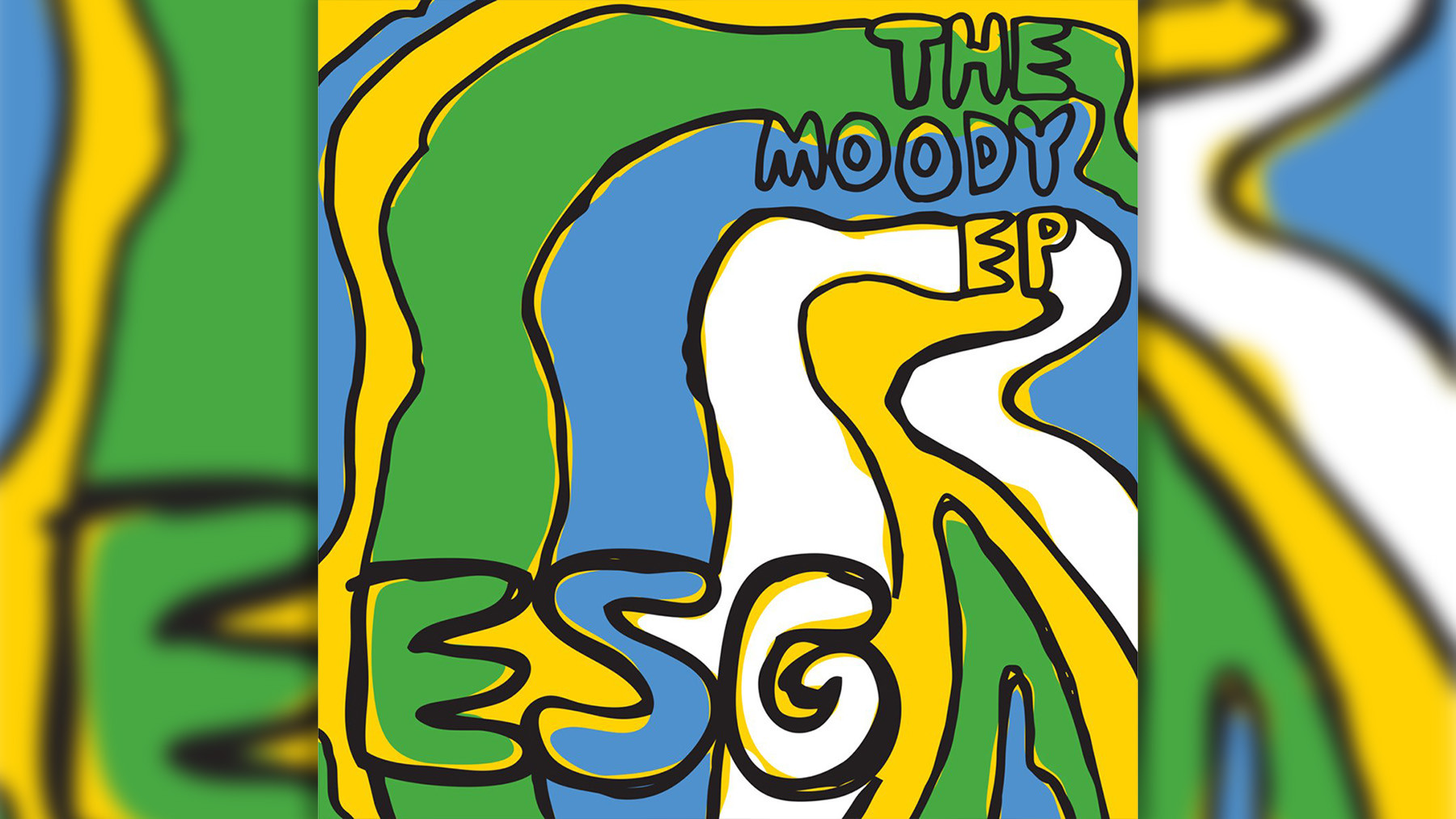 ESG Moody
ESG Moody
The Scroggins sisters from the South Bronx left an enduring legacy on New York dance music with ESG’s formation in the late 1970s. While rooted in funk and disco, their minimalist sound and percussive focus resonated with post-punk and no-wave club scenes, particularly after collaborating with Joy Division producer Martin Hannett for their debut EP. “Moody,” the EP’s centerpiece, still sounds futuristic. A subtle bassline, bongo rhythms, and Renee Scroggins’ distant vocals create a captivating and atmospheric track, showcasing the innovative edge of best dance music from the early 80s. —C.S.
La Roux, ‘In for the Kill (Skream’s Let’s Get Ravey Remix)’ (2009)
Image Credit: Jim Ross/Invision/AP
Artists sometimes have mixed feelings about remixes. La Roux’s Elly Jackson, however, credited Skream, a fellow Londoner, for not only capturing the essence of her synth-pop single “In for the Kill” in his remix, but also “regave birth to the real meaning and atmosphere of the song as we wrote it.” Skream’s remix discards the original’s upbeat tempo (and Kanye West’s rap verse), creating a tense atmosphere with flattened synths before unleashing drum-and-bass breaks. Jackson elaborated, “What he did with the song is what we would have done if we’d been brave enough… We wanted to make a pop record and that just isn’t a pop thing, what he did to it.” This remix transcends genre boundaries, demonstrating the transformative power of best dance music reinterpretations. —M.M.
Double 99, ‘RIP Groove’ (1997)
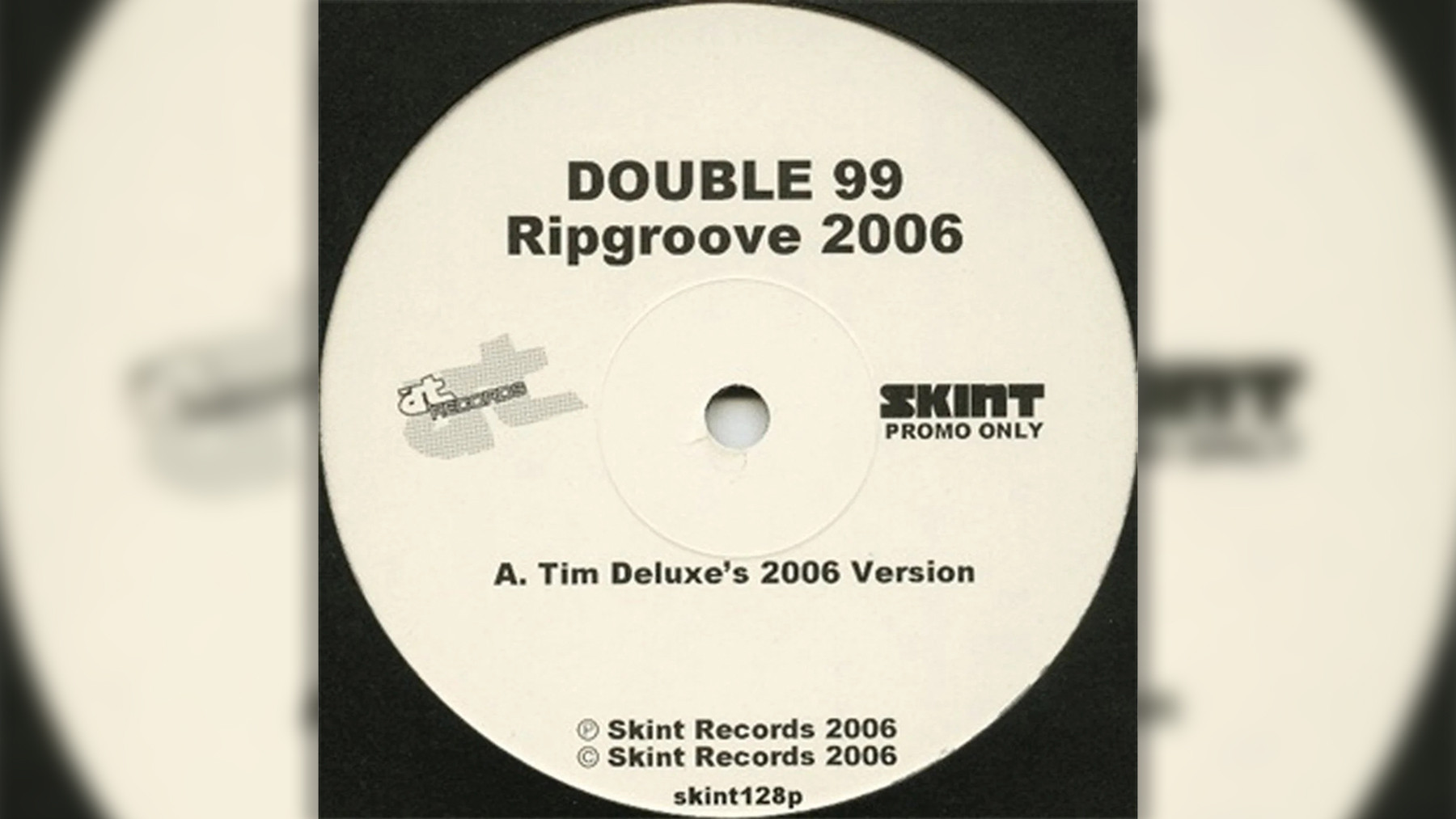 Double 99
Double 99
London producers Tim Deluxe and DJ Omar, initially working as RIP in the mid-90s, rebranded as Double 99 to commemorate a “double-pack vinyl EP,” according to Omar. Due to time constraints, they “decided to make up track names and get the artwork done before the tracks had actually been made.” “RIP Groove,” titled as a nod to their previous moniker and cleverly sampling Armand Van Helden’s remix of CJ Bolland’s “Sugar Is Sweeter,” alongside Kenny Dope and Tina Moore samples, was created in just three hours. It became a defining track of 1997, propelling UK garage (then called “speed garage”) into the pop charts and announcing a fresh sound within best dance music. —M.M.
Snap!, ‘The Power’ (1990)
“The Power” embodies a classic dance-music archetype. Two German producers sampled American rapper Chill Rob G (from Queen Latifah’s Flavor Unit) and R&B vocalist Jocelyn Brown to create a club hit. Major label Arista picked it up and rerecorded it with Turbo B, an American G.I. stationed in Germany. Chill Rob G then re-recorded his own version as Power Jam feat. Chill Rob G. Both versions became club hits. Beyond that, “The Power” established a Europop template. Snap!’s Michael Muenzing explained in 1994, “Now you have 50 or 60 groups singing this way — rapping, singing the chorus, and going back to the rap.” This track’s influence on pop and best dance music is undeniable. —M.M.
DJ Frosty feat. Fatman Scoop, DJ Webstar, Young B. & Smooth, ‘Ride That Wave (Remix)’ (2010)
 DJ Frosty
DJ Frosty
Originating in Newark, New Jersey (initially “Brick City club”), Jersey club is defined by syncopated, energetic rhythms, clipped vocal samples, and a visceral yet non-violent feel, reminiscent of hip-house in a blender. DJ Frosty’s “Ride That Wave” perfectly exemplifies this style. A relentlessly catchy, chant-driven track, it emerged as Jersey club began gaining traction with EDM producers globally. This progression eventually led Jersey club influences to reach mainstream platforms like Drake’s Honestly, Nevermind. The remix features artists like Fatman Scoop, known for his 90s hip-hop cut-ups, further bridging genres within best dance music. —J.D.
Todd Terje, “Inspector Norse” (2012)
Image Credit: Future via Getty Images
Norwegian nu-disco producer Todd Terje created “Inspector Norse,” like his entire 2012 It’s the Arps EP, using only a vintage ARP synthesizer. He didn’t anticipate the mellow track’s widespread appeal. Terje stated, “I thought it was going to go well with the DJs, as I’d tried it out and it had a danceable beat, but I never thought I’d hear people singing along to the melodies.” However, the track’s infectious melody proved irresistible. “It really helped me as a DJ in terms of popularity,” he acknowledged. Its unexpected success highlights the unpredictable nature of what becomes considered best dance music. —M.M.
The Rapture, ‘House of Jealous Lovers’ (2002)
 The Rapture – UNITED STATES – DECEMBER 14: Photo of RAPTURE; The Rapture on The Bowery New York City, December 14 2002 (Photo by David Corio/Redferns) Image Credit: Redferns
The Rapture – UNITED STATES – DECEMBER 14: Photo of RAPTURE; The Rapture on The Bowery New York City, December 14 2002 (Photo by David Corio/Redferns) Image Credit: Redferns
DFA founder James Murphy, co-producer of “House of Jealous Lovers,” told Spin, “Most people now have no memory of how absolutely sacrilegious it was at the time. We wanted to make a rock track that could compete with dance music. We obsessed over it.” The Rapture’s debut combined aggressive Gang of Four-esque guitar riffs and manic vocals with a powerful beat and deep bass, engineered to appeal to dance DJs. It succeeded. The song became the pinnacle of the early 2000s “dance punk” movement, influencing countless New York bands and transforming indie bars with DJ booths, solidifying its place in best dance music history. —J.D.
TNGHT, ‘Higher Ground’ (2012)
Image Credit: Getty Images
Hudson Mohawke described TNGHT’s 2012 EP, created with Lunice, as “our take on big American rap beats, with a little bit of cheekiness to it.” The five-song EP propelled both artists to EDM prominence with its energetic, dancefloor-oriented trap sound. “Higher Ground,” a monumental, detailed track, quickly gained traction. Within a year, Kanye West enlisted TNGHT to produce “Blood on the Leaves” for Yeezus, demonstrating the impact of this innovative approach to best dance music. —M.M.
Roni Size and Reprazent, ‘Brown Paper Bag’ (1997)
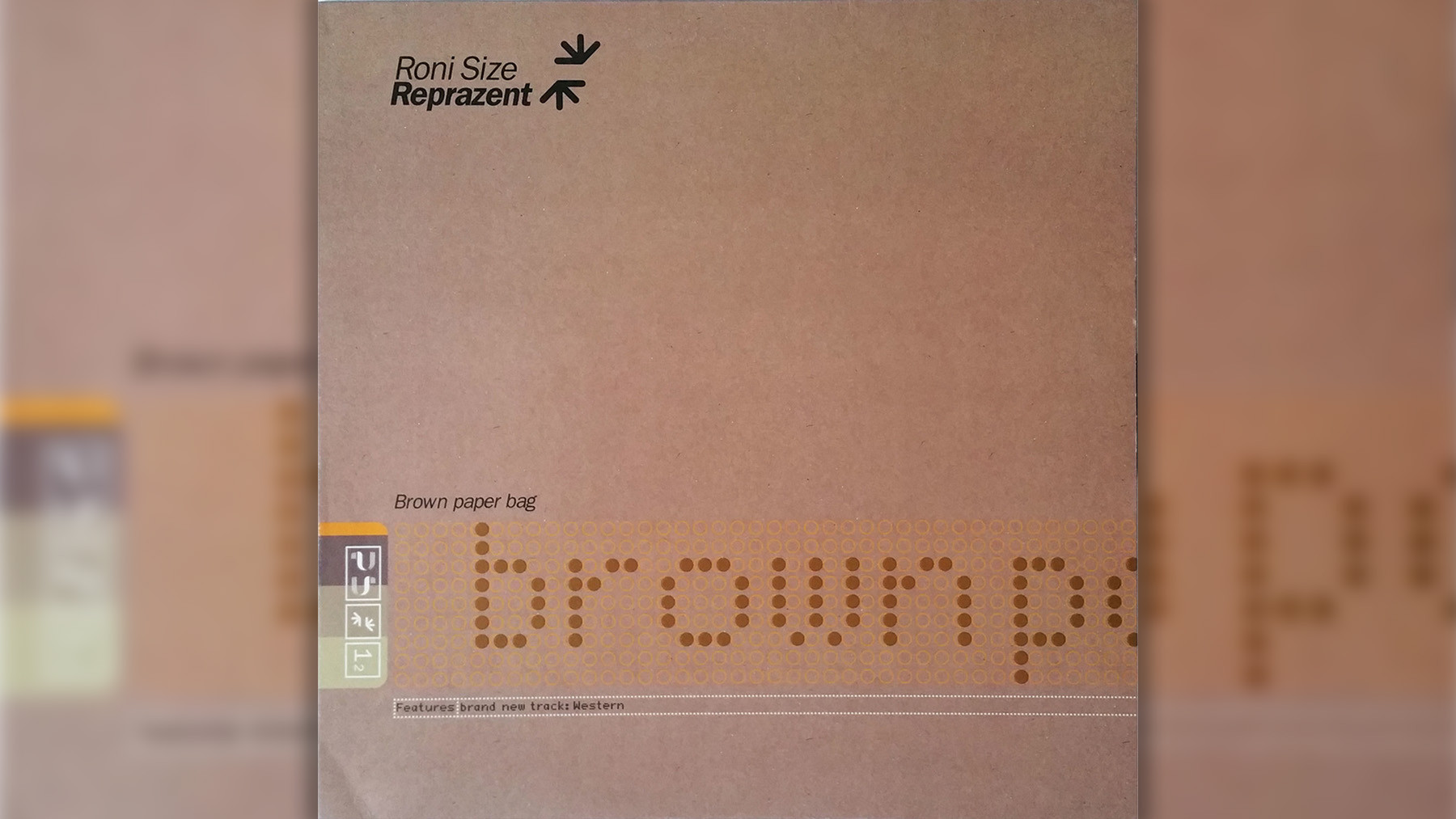 Roni Size Reprazent Brown Paper Bag
Roni Size Reprazent Brown Paper Bag
In the late 90s, drum and bass became increasingly fragmented and distanced from its dancehall and hip-hop roots. Bristol’s Roni Size and Reprazent created drum and bass that was both experimental and rooted in Black music by blending fast-paced beats with warm, organic jazz-funk elements. Size reflected in 2018 on “Brown Paper Bag,” their most famous track from the 1997 album New Forms: “It’s funny how ‘Brown Paper Bag’ split people… They heard the jazz, how it sounded different from everything else, and they saw this other audience that loved it.” This genre-bending approach cemented its status as innovative and best dance music. —J.D.
Soul II Soul, ‘Back to Life (However Do You Want Me)’ (1989)
Led by Jazzie B and Nellee Hooper, Soul II Soul began as a London sound system specializing in reggae and soul. When they started recording in the late 80s, their smooth grooves seamlessly merged these genres. Initially intended solely for Soul II Soul’s parties, Jazzie B explained, “It was literally for our sound [system] at the beginning. We weren’t really interested in what anybody else was doing.” However, the world became interested in them. “Back to Life” reached Number One on the Billboard R&B chart and Top Five on the Hot 100, demonstrating the broad appeal of their unique brand of best dance music. —M.M.
Felix da Housecat, ‘Silver Screen Shower Scene’ (2001)
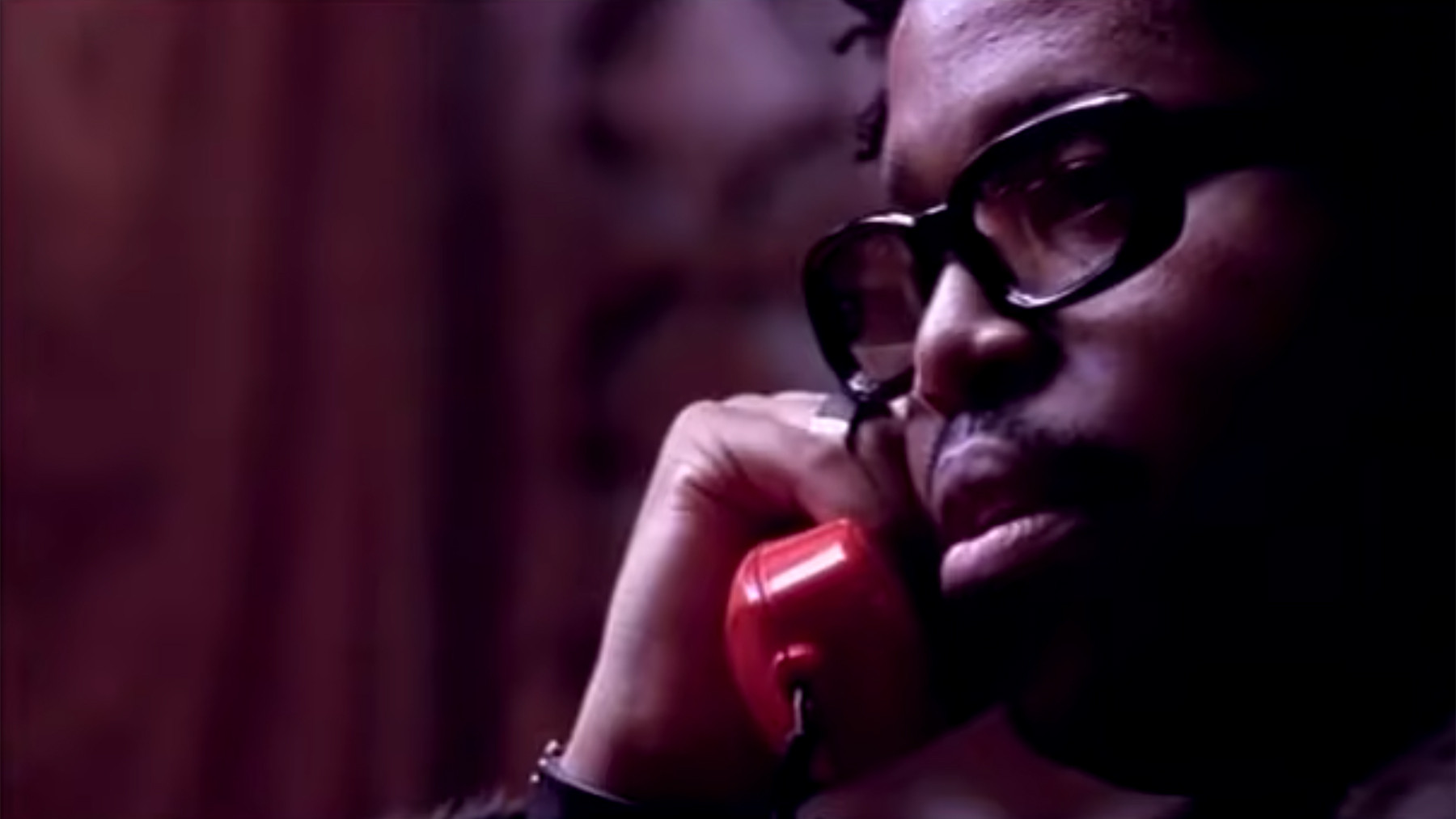 Felix Da Housecat
Felix Da Housecat
Felix Stallings Jr., a Chicago house veteran, co-created the acid house classic “Fantasy Girl” as Pierre’s Pfantasy Club with DJ Pierre in 1987 while still in high school. His career reached a global scale with the 2000 album Kittenz and Thee Glitz. Collaborating with artists like Junior Sanchez, Tommie Sunshine, Miss Kittin, and Melistar, the album explored celebrity and artificiality. “Silver Screen Shower Scene” instantly became an anthem. Its lyrics and music, satirizing celebrity culture, seemed to single-handedly launch the electroclash era. Jacques Lu Cont’s “Thin White Duke Remix” further amplified its popularity among DJs, solidifying its status as a defining track of best dance music in the early 2000s. –M.M.
Dntel feat. Ben Gibbard, “(This Is) The Dream of Evan and Chan (Superpitcher Kompakt Remix)” (2001)
In 2000, Death Cab for Cutie’s Ben Gibbard had “a weird dream … involving [Lemonheads frontman] Evan Dando and Chan Marshall,” a.k.a. Cat Power. He transformed it into a song, collaborating with Dntel (Jimmy Tamborello) before their Postal Service project. Dntel set Gibbard’s vocals to lively beats and synths, but Superpitcher’s remix, from the Kompakt label, truly captured the dreamlike state. With hazy synth layers and echoing bells, it enhanced the lyrical themes and created an immersive soundscape, showcasing the atmospheric potential of best dance music remixes. —M.M.
Patrick Cowley feat. Sylvester, ‘Do Ya Wanna Funk?’ (1982)
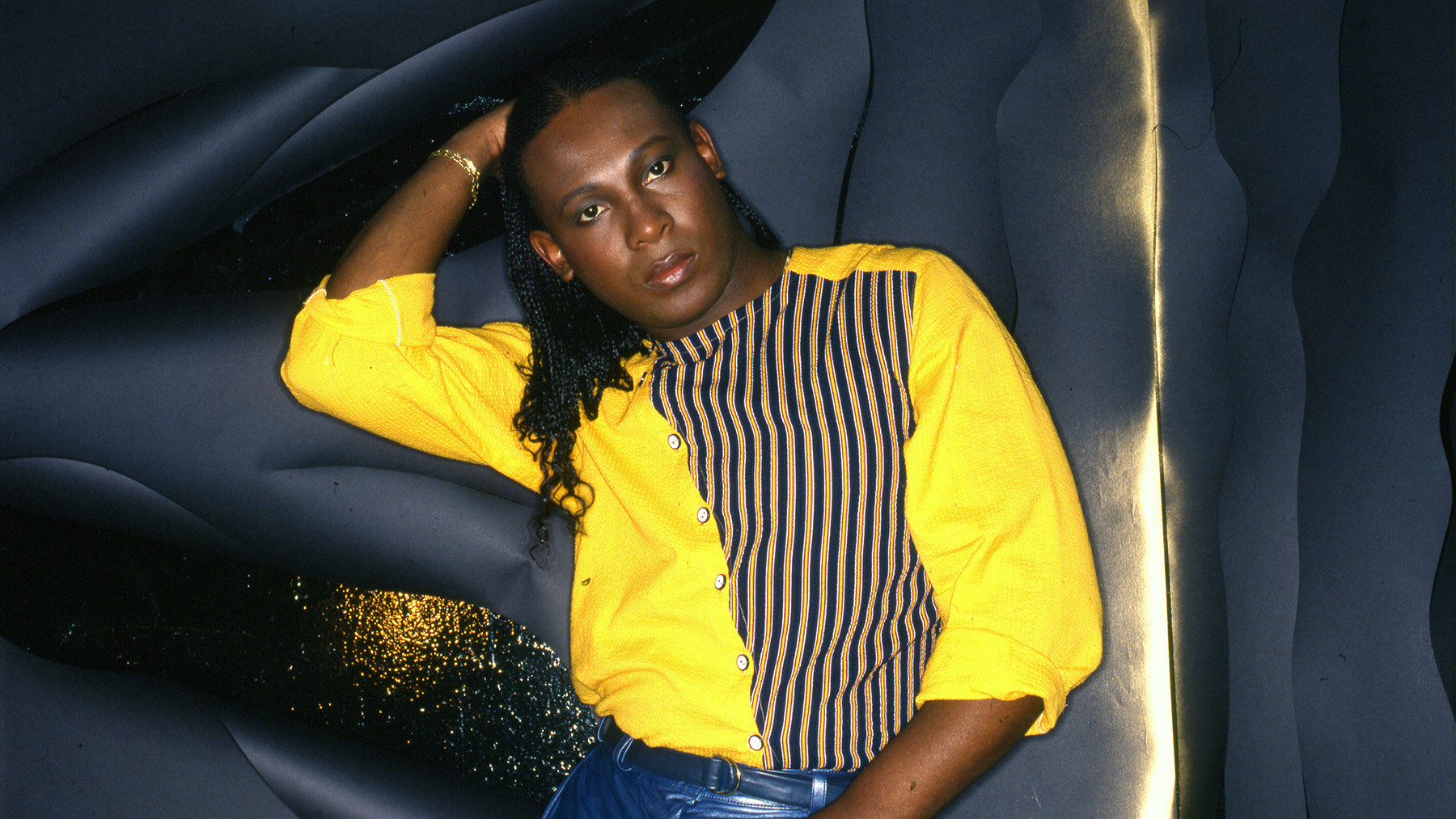 Portrait of Sylvester James (1947 – 1988), American disco singer better known as Sylvester, circa 1980. (Photo by Anthony Barboza/Getty Images) Image Credit: Getty Images
Portrait of Sylvester James (1947 – 1988), American disco singer better known as Sylvester, circa 1980. (Photo by Anthony Barboza/Getty Images) Image Credit: Getty Images
Patrick Cowley, a synth innovator, pioneered Hi-NRG, a gay-club staple, through his solo work, collaborations with Sylvester, and his extended rendition of Donna Summer’s “I Feel Love.” Diagnosed with AIDS in his final months, Cowley continued creating music, propped up by pillows in the studio. “Do Ya Wanna Funk” stands as a landmark – with soaring synth riffs and Sylvester’s incredible falsetto. It also featured in a memorable scene in Trading Places, further cementing its cultural impact and place among best dance music tracks. —M.M.
Funkadelic, ‘One Nation Under a Groove’ (1978)
Image Credit: Redferns
“One Nation Under a Groove,” arguably the greatest funk track led by a banjo, possesses an irresistible groove that topped the R&B charts for six weeks in 1978. George Clinton’s decision to credit Funkadelic, known for their rock-oriented funk, emphasized its weight. “Parliament is smashing,” he explained, “But Funkadelic is the movement.” This track transcended genre boundaries, becoming a defining anthem of funk and best dance music overall. —M.M.
Evelyn Thomas, ‘High Energy’ (1984)
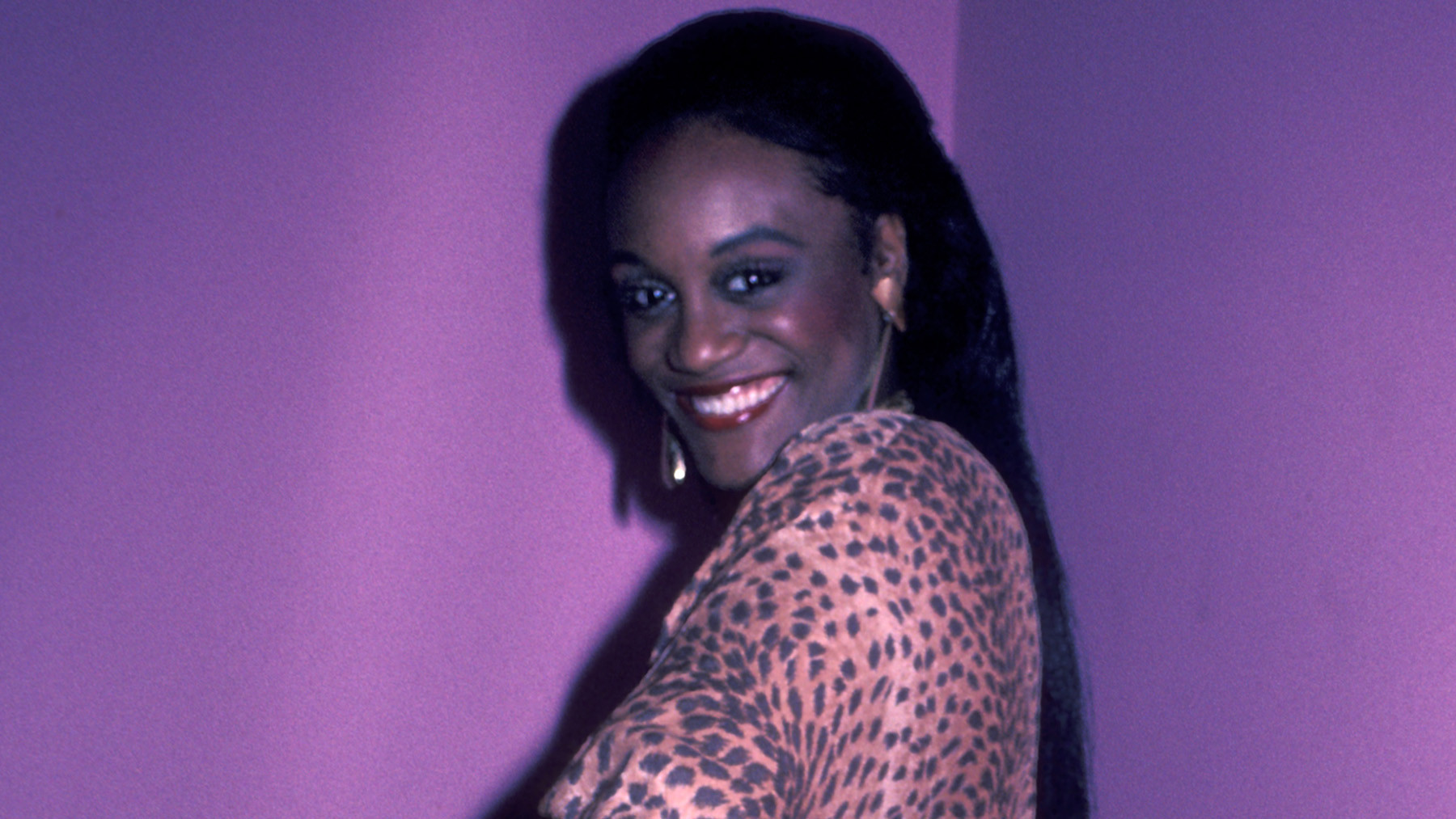 NEW YORK CITY – SEPTEMBER 30: Evelyn Thomas sighted on September 30, 1984 at the Limelight Disco in New York City. (Photo by Ron Galella/Ron Galella Collection via Getty Images) Image Credit: Ron Galella Collection via Getty
NEW YORK CITY – SEPTEMBER 30: Evelyn Thomas sighted on September 30, 1984 at the Limelight Disco in New York City. (Photo by Ron Galella/Ron Galella Collection via Getty Images) Image Credit: Ron Galella Collection via Getty
Released in 1984, “High Energy” gave the Hi-NRG genre its name, although it wasn’t the first of its kind. Chicago singer Evelyn Thomas was signed by Manchester producer Ian Levine in the mid-70s. Levine, a Northern Soul DJ with a penchant for 60s R&B, transitioned to disco as synths gained prominence. Smash Hits noted Levine’s blend of “gay disco and old Motown — the two main Hi-NRG ingredients.” “High Energy,” brash, upbeat, and undeniably catchy, reached the UK Top Five and remains a dancefloor classic, championed by DJs like The Blessed Madonna, demonstrating the enduring appeal of Hi-NRG within best dance music. —M.M.
Daft Punk feat. Pharrell Williams and Nile Rodgers, ‘Get Lucky’ (2013)
When Pharrell Williams met Daft Punk at a Madonna party, he expressed his desire to collaborate: “If you just want me to play a tambourine, I’ll do it.” In Paris, Williams expressed his Nile Rodgers inspiration, and the robots played him a track they had already created with Rodgers. Williams recorded his smooth vocals during that session. “You don’t need MDMA for this music, because it’s so incredibly vivid,” he enthusiastically stated. “Get Lucky” became a global phenomenon, exemplifying the vibrant and immersive qualities of best dance music in the 21st century. –M.M.
Mat Zo and Porter Robinson, ‘Easy’ (2013)
 Porter Robinson – Matt Zo – Easy
Porter Robinson – Matt Zo – Easy
Porter Robinson described his collaboration with Mat Zo, “Easy,” in 2013 as “‘Easy’ in my mind is an homage to Daft Punk’s Discovery. It takes the disco chords of all of the early French stuff and gives it a louder, more trance-inspired feel.” The result is a masterful update, both dazzling and classic. The central synth line evokes both a Theremin and a Moog. The vocal sample (from Colourblind’s “Nothing Better”) adds emotional depth often lacking in stadium EDM, making “Easy” a standout example of best dance music from the 2010s. —M.M.
Justice vs. Simian, “We Are Your Friends” (2006)
Image Credit: FilmMagic
In 2003, Parisian musicians Gaspard Augé and Xavier de Rosnay entered a remix contest for British rockers Simian’s “Never Be Alone.” De Rosnay told The New York Times, “You could download the separate tracks: guitar, drums, and other things. But we were working without music software: just a sampler, a sequencer, and a synthesizer. So we downloaded just the voice on the chorus, because there was not space enough for more than eight seconds of sound on our sampler.” The outcome was a raw, energetic track that bridged electroclash and EDM. Retitled “We Are Your Friends,” it became a hit in 2006, launching Justice’s career and inspiring Simian to reinvent themselves as the dance act Simian Mobile Disco, showcasing the transformative power of best dance music collaborations. —M.M.
Martin Garrix, ‘Animals’ (2013)
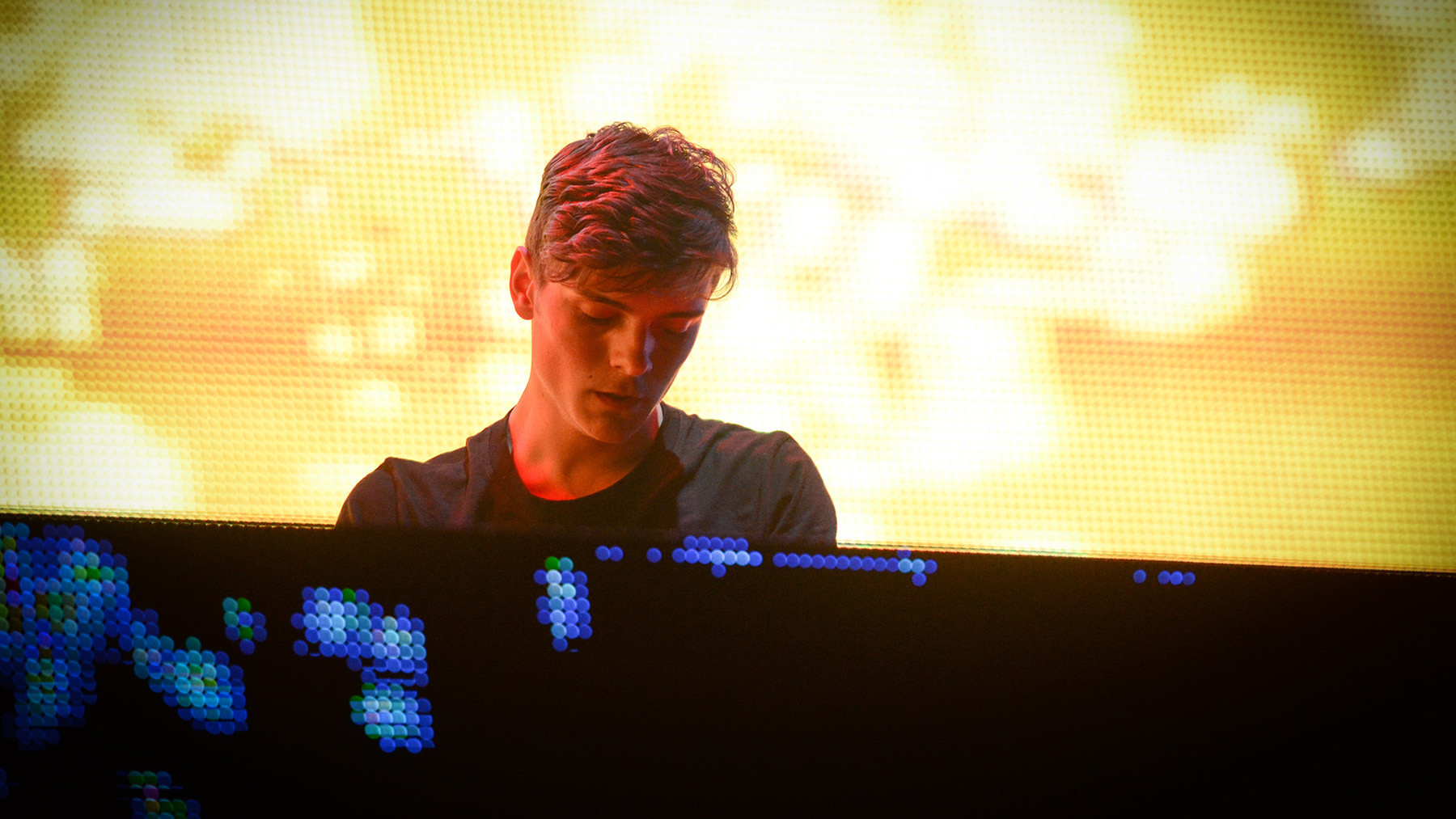 Martin Garrix performs on day one of the Coachella Music and Arts Festival on Friday, April 11, 2014, in Indio, Calif. (Photo by Scott Roth/Invision/AP) Image Credit: Scott Roth/Invision/AP
Martin Garrix performs on day one of the Coachella Music and Arts Festival on Friday, April 11, 2014, in Indio, Calif. (Photo by Scott Roth/Invision/AP) Image Credit: Scott Roth/Invision/AP
Dance music often favors youth, exemplified by the early 2010s EDM boom. Martin Garrix’s “Animals,” built around a captivating synth riff, became an instant global hit when the Dutch producer was only 18. Its catchy, wordless melody became a chant in itself. Garrix later addressed industry skepticism: “At first, people in the industry assumed I didn’t make my own shit. So I would do livestreams and production tutorials on the internet to get rid of that stigma.” “Animals” demonstrates the youthful energy and global reach of best dance music in the EDM era. —M.M.
Debbie Deb, ‘Lookout Weekend’ (1984)
Miami production pioneer Pretty Tony claimed to have coined the term “freestyle music” in 2015. His airy, high-energy tracks bridged the gap between KC and the Sunshine Band and 2 Live Crew in Miami’s music scene. “Lookout Weekend,” his second single with Debbie Weshoff Lopez, was freestyle at its peak. Like its predecessor, “When I Hear Music,” “Weekend” achieved triple platinum status. Tony responded to this success by saying, “I bought me a Porsche. As a matter of fact, two Porsches.” “Lookout Weekend” remains a quintessential track of the freestyle genre and best dance music from the 80s. —M.M.
Tate Kobang, ‘Bank Rolls’ (2015)
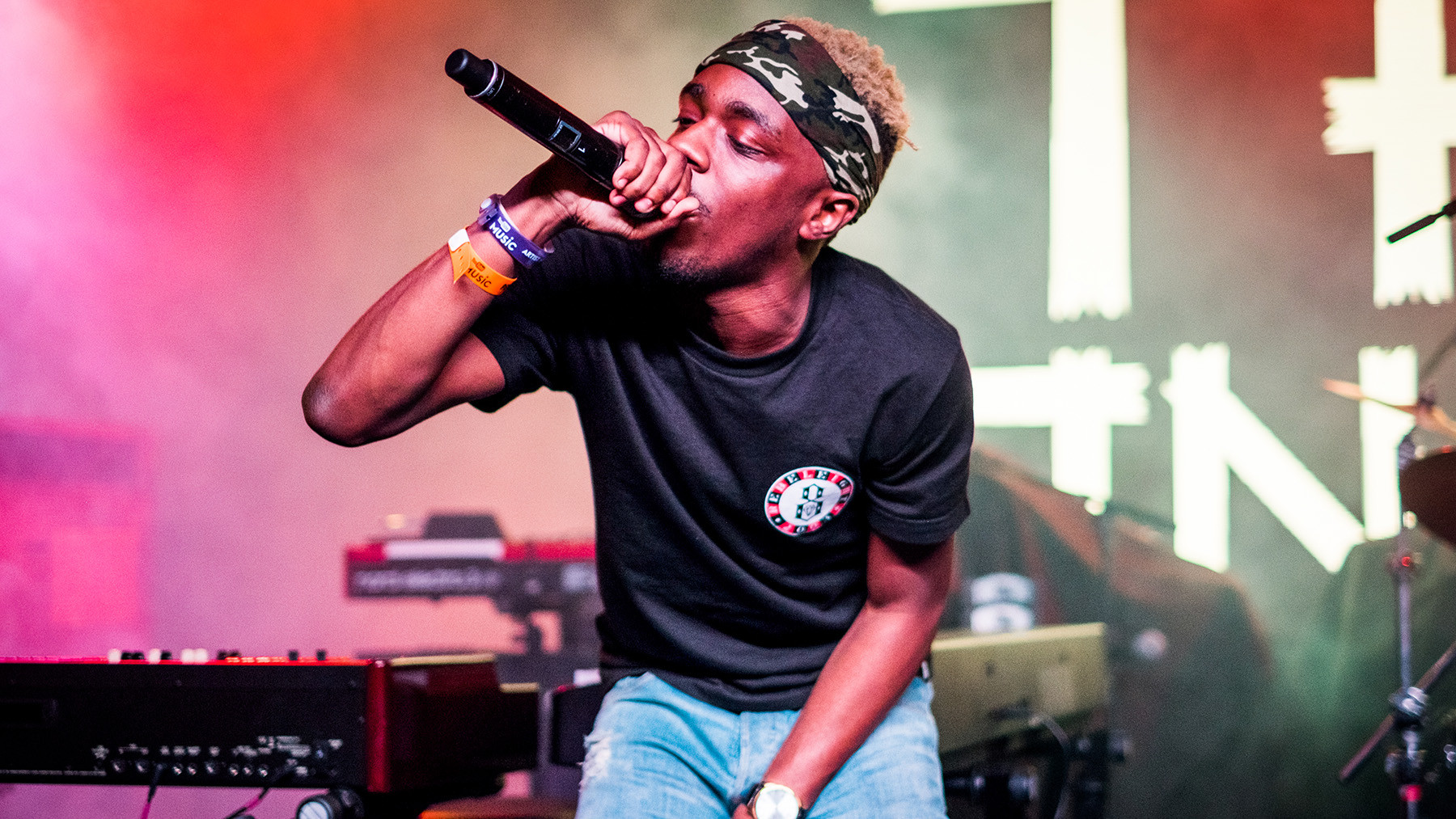 Tate Kobang – AUSTIN, TX – MARCH 17: Tate Kobang performs onstage at the Youtube Music Showcase on March 17, 2016 in Austin, Texas. (Photo by Thomas M Jackson/Redferns) Image Credit: Redferns
Tate Kobang – AUSTIN, TX – MARCH 17: Tate Kobang performs onstage at the Youtube Music Showcase on March 17, 2016 in Austin, Texas. (Photo by Thomas M Jackson/Redferns) Image Credit: Redferns
Tate Kobang’s remix of Tim Trees’ Baltimore club track “Bank Roll” is a modern tribute to Baltimore’s energy and resilience. In his final verse, he pays homage to K-Swift, the influential DJ who popularized Baltimore club music before her passing in 2008. Kobang said of her, “She was just one of those bodies in our culture that was like, ‘She ain’t never going anywhere.’” Like K-Swift’s work, “Bank Rolls (Remix)” introduced Baltimore club music to a wider audience, showcasing the regional diversity within best dance music. —C.S.
Soft Cell, ‘Tainted Love/Where Did Our Love Go?’ (1981)
Image Credit: Redferns
Marc Almond of Soft Cell explained in 1981 that he and David Ball shared a love for Northern soul, 60s music, and 12-inch singles. They combined these influences into a groundbreaking track. Their synth-pop rendition of Gloria Jones’ “Tainted Love” became a hit. For the extended version, they seamlessly merged it with The Supremes’ “Where Did Our Love Go?” Almond stated, “It was originally just going to include a few bars of ‘Where Did Our Love Go?’ but we like the way it turned out and included the whole song.” This nine-minute medley, encapsulating New Wave disco, has captivated dance floors ever since, becoming a timeless piece of best dance music. —M.M.
The Orb, ‘Little Fluffy Clouds’ (1990)
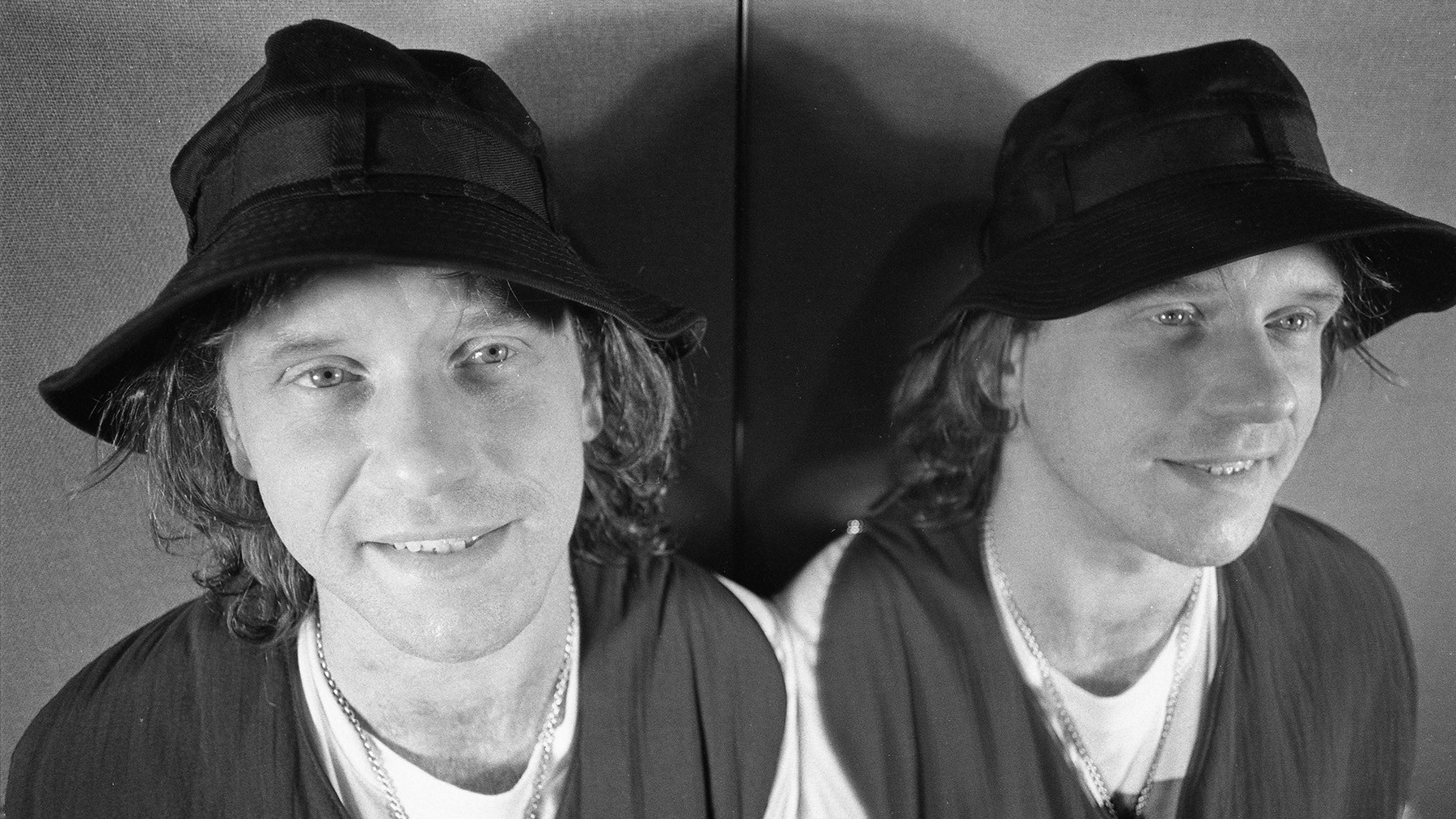 The Orb – Alex Paterson of The Orb, portrait, London, United Kingdom, 1991. (Photo by Martyn Goodacre/Getty Images) Image Credit: Getty Images
The Orb – Alex Paterson of The Orb, portrait, London, United Kingdom, 1991. (Photo by Martyn Goodacre/Getty Images) Image Credit: Getty Images
Alex Paterson of The Orb received a tape with a note: “This might be a good idea for a new Orb single.” Side A contained a Rickie Lee Jones interview describing Arizona skies: “The most beautiful skies, as a matter of fact … purple and yellow and red and on fire.” Side B featured Steve Reich’s Electric Counterpoint. Combining them resulted in “Little Fluffy Clouds,” the most comforting track of the acid-house era. Paterson noted Reich “was very happy when he heard it. Suddenly, it was being played to the masses, and they were loving it.” This unexpected fusion of spoken word and ambient textures broadened the definition of best dance music. —M.M.
Polygon Window, ‘Quoth’ (1993)
Richard D. James, a.k.a. Aphex Twin, is often associated with more cerebral electronic music. However, in the early 90s, he produced rave anthems. “Quoth,” released as Polygon Window, is a prime example – a percussion-driven symphony. It was particularly popular in the American Midwest, becoming a rave staple in unexpected venues like barns. This track demonstrates the raw energy and versatility found within best dance music of the rave era. —M.M.
Skream, ‘Midnight Request Line’ (2005)
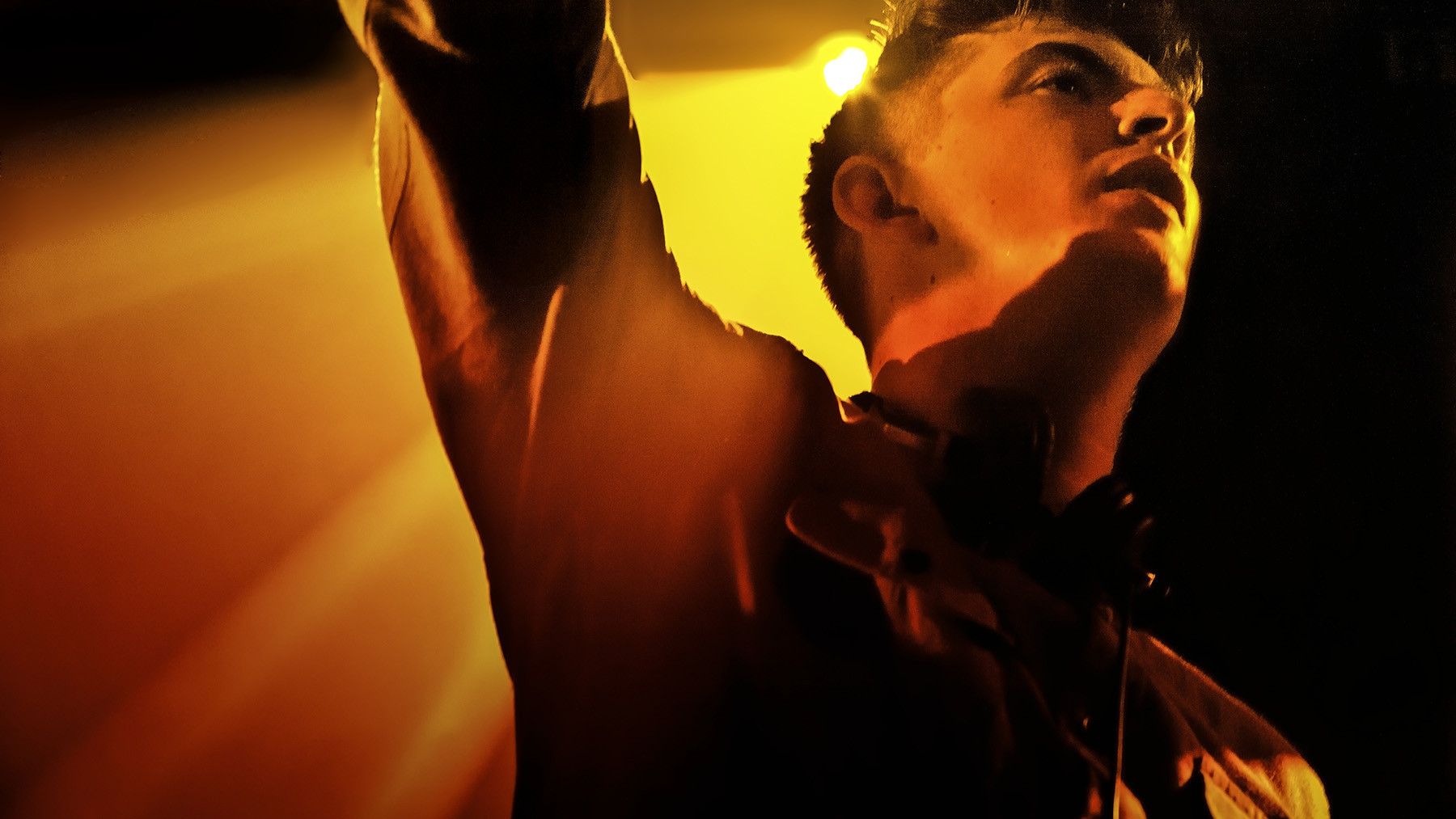 Skream. Fabric Nightclub, Farringdon, London. (Photo by: PYMCA/Universal Images Group via Getty Images) Image Credit: Universal Images Group via Getty
Skream. Fabric Nightclub, Farringdon, London. (Photo by: PYMCA/Universal Images Group via Getty Images) Image Credit: Universal Images Group via Getty
Shortly after releasing “Midnight Request Line,” London dubstep producer Skream recalled, “I was on a boys’ holiday with my friends. They had a DJ Magazine or a Mixmag rack up on a shelf … I looked at it, and I had Record of the Month. I was like, ‘Shit, I need to get home.’” The track, with its fluttering synth melody, smooth bassline, and prominent claps, propelled Skream and dubstep into the mainstream. “Midnight Request Line” became a defining track, marking a pivotal moment for dubstep and best dance music from the mid-2000s. –M.M.
Paul Johnson, ‘Feel My M.F. Bass’ (1994)
“Ghetto house,” house music’s equivalent to gangsta rap, was pioneered by 90s Chicago producers, particularly on the Dance Mania label. Paul Johnson, a wheelchair-using producer, was a key figure, known for his raw, sample-based style and unique flair. His DJ mixtapes often featured his dreamy voice-overs. Johnson’s pinnacle was “Feel My M.F. Bass,” a forceful track with a deep kick drum. Johnson, who sadly passed away from Covid in 2021, playfully taunts, “Feel my motherfuckin’ bass in your face.” This track epitomizes the raw energy and unapologetic nature of ghetto house and best dance music from Chicago. —M.M.
Ten City, ‘That’s the Way Love Is’ (1989)
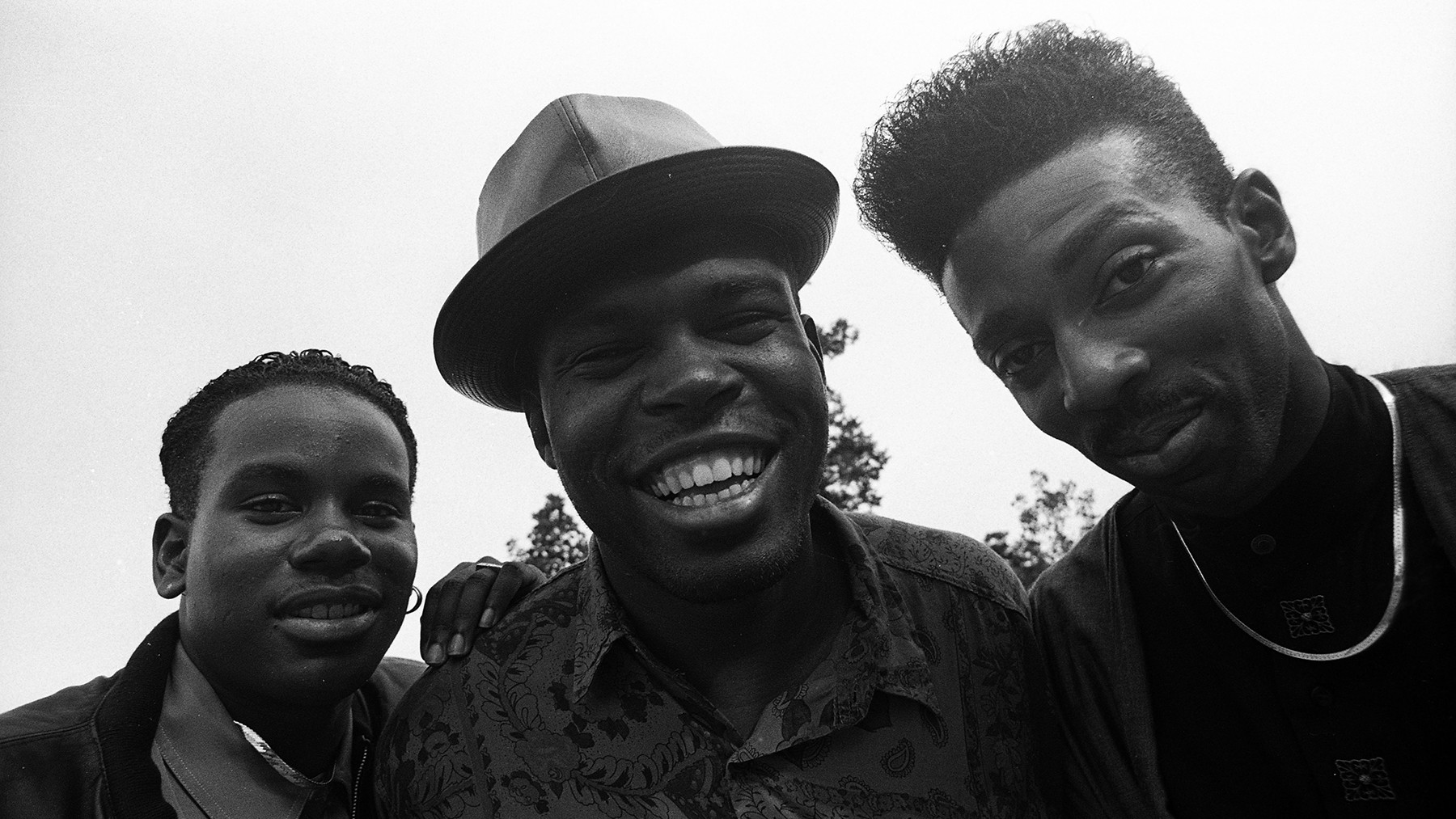 Ten City, group portrait, London, United Kingdom, 1990. Line up includes: Byron Stingily, Herb Lawson and Byron Burke (Photo by Martyn Goodacre/Getty Images) Image Credit: Getty Images
Ten City, group portrait, London, United Kingdom, 1990. Line up includes: Byron Stingily, Herb Lawson and Byron Burke (Photo by Martyn Goodacre/Getty Images) Image Credit: Getty Images
Marshall Jefferson, producer of Chicago house vocal trio Ten City, stated, “When Ten City started, I think we were both at a point where we wanted to expand the genre by writing proper songs while at the same time doing more abstract things.” “That’s the Way Love Is,” Ten City’s third single, defined their style – Philly soul-inspired strings over lush love songs, topped by Byron Stingily’s soaring falsetto. It reached the UK Top 10 and Number One on the Billboard dance chart. Jefferson added, “people in South Africa have told us stories of how that song represents liberation for them.” This track’s global impact and soulful depth solidify its place in best dance music history. —M.M.
Nitzer Ebb, ‘Join in the Chant’ (1987)
Image Credit: Getty Images
Industrial groove unit Nitzer Ebb, hailing from England’s Midlands, had a natural affinity for dance music. Frontman Douglas McCarthy explained to The Guardian, “The clubs we knew were disco and funk. It’s in the DNA of the area.” Nitzer Ebb’s anthem, “Join in the Chant,” was a perfect techno crossover, particularly in Detroit, where techno artists like Carl Craig and Jeff Mills had previously embraced industrial music. Richie Hawtin included “Chant” in his influential 1999 mix CD Decks, EFX & 909. Andrew Weatherall famously said, “The closest I felt to God was listening to ‘Join in the Chant.’” This track’s raw energy and industrial edge demonstrate the diverse influences within best dance music. —M.M.
Bronski Beat, ‘Smalltown Boy’ (1984)
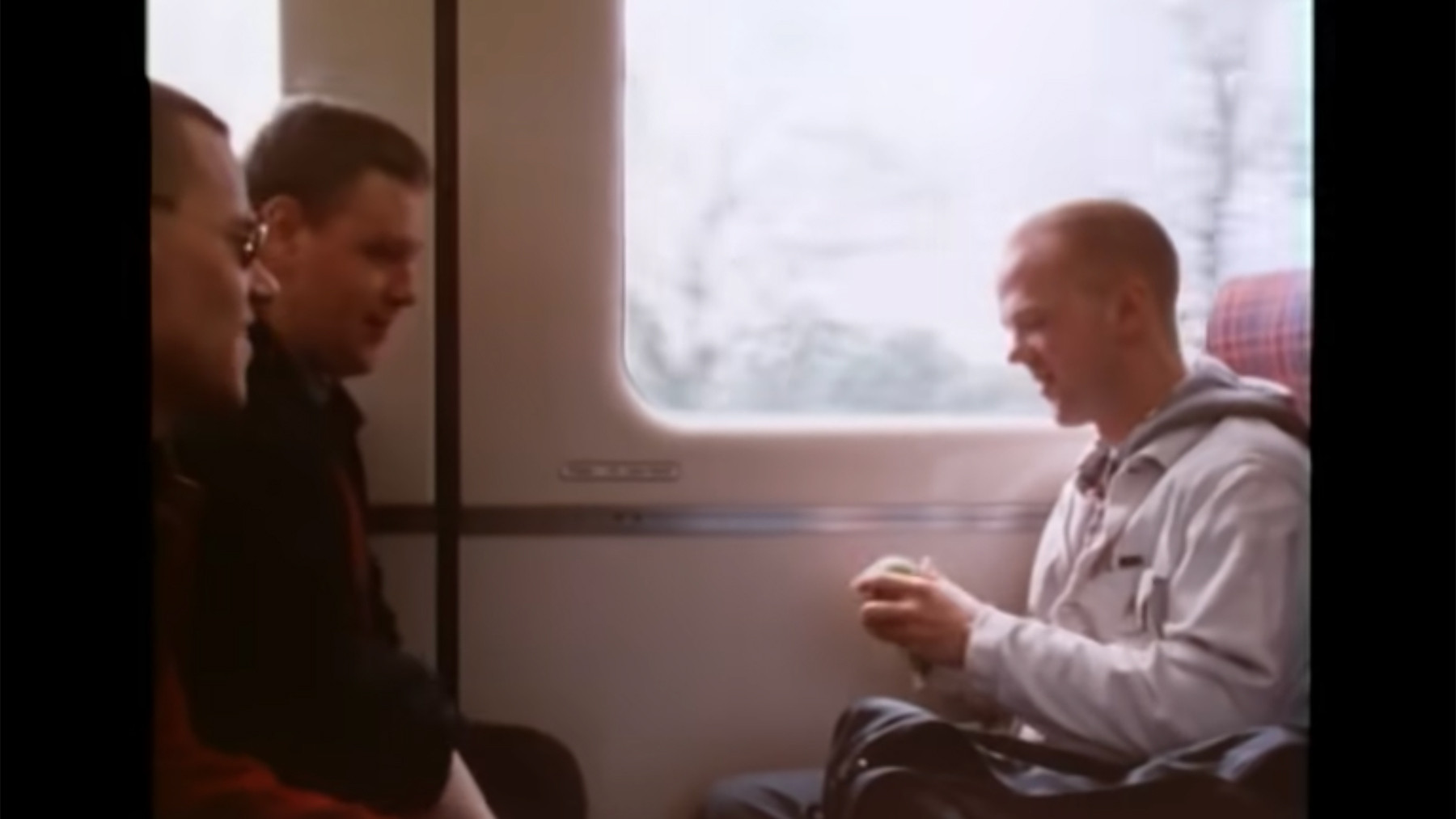 Bronski Beat Bronski Beat’s Jimi Somerville joked that his vocal training consisted of singing along to Donna Summer and Sylvester records. “I wanted a lot more out of life than working in a paint factory and having to accept that being gay was a nighttime occupation only,” he said. “I just had had enough of the abuse and the heartache.” He channeled this into “Smalltown Boy,” a poignant portrayal of alienation and escape. With its haunting vocal hook (“Run away, run away, run away”) and synth backdrop, it became a gay club anthem, reaching Number One on the Billboard club chart and UK Top Three. “Smalltown Boy” is a powerful example of best dance music with social and emotional resonance. —M.M.
Bronski Beat Bronski Beat’s Jimi Somerville joked that his vocal training consisted of singing along to Donna Summer and Sylvester records. “I wanted a lot more out of life than working in a paint factory and having to accept that being gay was a nighttime occupation only,” he said. “I just had had enough of the abuse and the heartache.” He channeled this into “Smalltown Boy,” a poignant portrayal of alienation and escape. With its haunting vocal hook (“Run away, run away, run away”) and synth backdrop, it became a gay club anthem, reaching Number One on the Billboard club chart and UK Top Three. “Smalltown Boy” is a powerful example of best dance music with social and emotional resonance. —M.M.
LFO, ‘LFO (Leeds Warehouse Mix)’ (1990)
Image Credit: PYMCA/Universal Images Group/Getty Images
LFO were pioneers of Sheffield’s “bleep” scene, Warp Records’ initial sound. Warp’s Steve Beckett explained, “it had nothing to do with the bleeps for the people making it — for them it was all about the bass.” The track that signed LFO to Warp was their self-titled number. Icy synth chords and bleeps create a foundation for layers of bass – the bassline moves you, while the sub-bass can shake buildings. “LFO” showcases the power of bass and minimalist sound design within best dance music. —M.M.
Drake, ‘Sticky’ (2022)
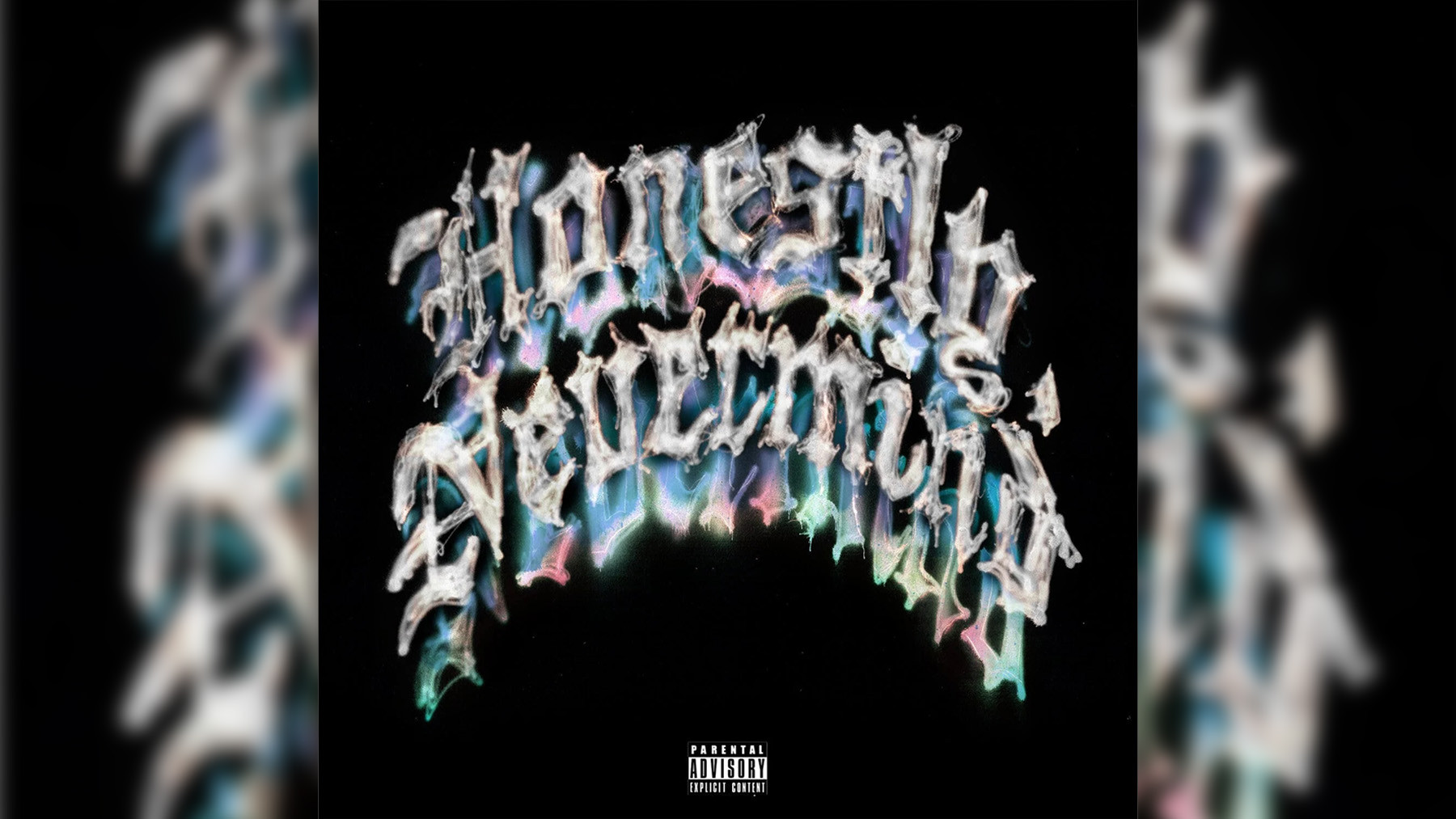 Drake Sticky
Drake Sticky
Drake’s foray into dance music, Honestly, Nevermind, is intentionally understated, drawing from Jersey and Baltimore club music and deep house styles. “Sticky,” produced by Gordo and Ry X, is a highlight. Drake shifts from the album’s subdued vocals to rap about subjects like Young Thug’s release and Virgil Abloh’s passing. It exemplifies a megastar embracing subcultures and emerging with an enhanced sound, demonstrating the ongoing evolution of best dance music in the mainstream. —J.D.
Roland Clark, ‘I Get Deep (Shelter Mix)’ (2000)
“The love of house music started when I went to Club Zanzibar in lieu of my prom,” Roland Clark recalled, referring to the Newark, New Jersey club where Tony Humphries was a resident DJ. “I Get Deep” expresses this love. Over lively rhythms and a keyboard melody, Clark delivers a monologue capturing a transcendent dancefloor moment: “All the sweat just goes down my face/And I pretend that there’s nobody there but me in this place.” Clark included the a cappella on the 12-inch, later sampled by Fatboy Slim. This track encapsulates the immersive and personal experience of best dance music. —M.M.
Aly-Us, ‘Follow Me’ (1992)
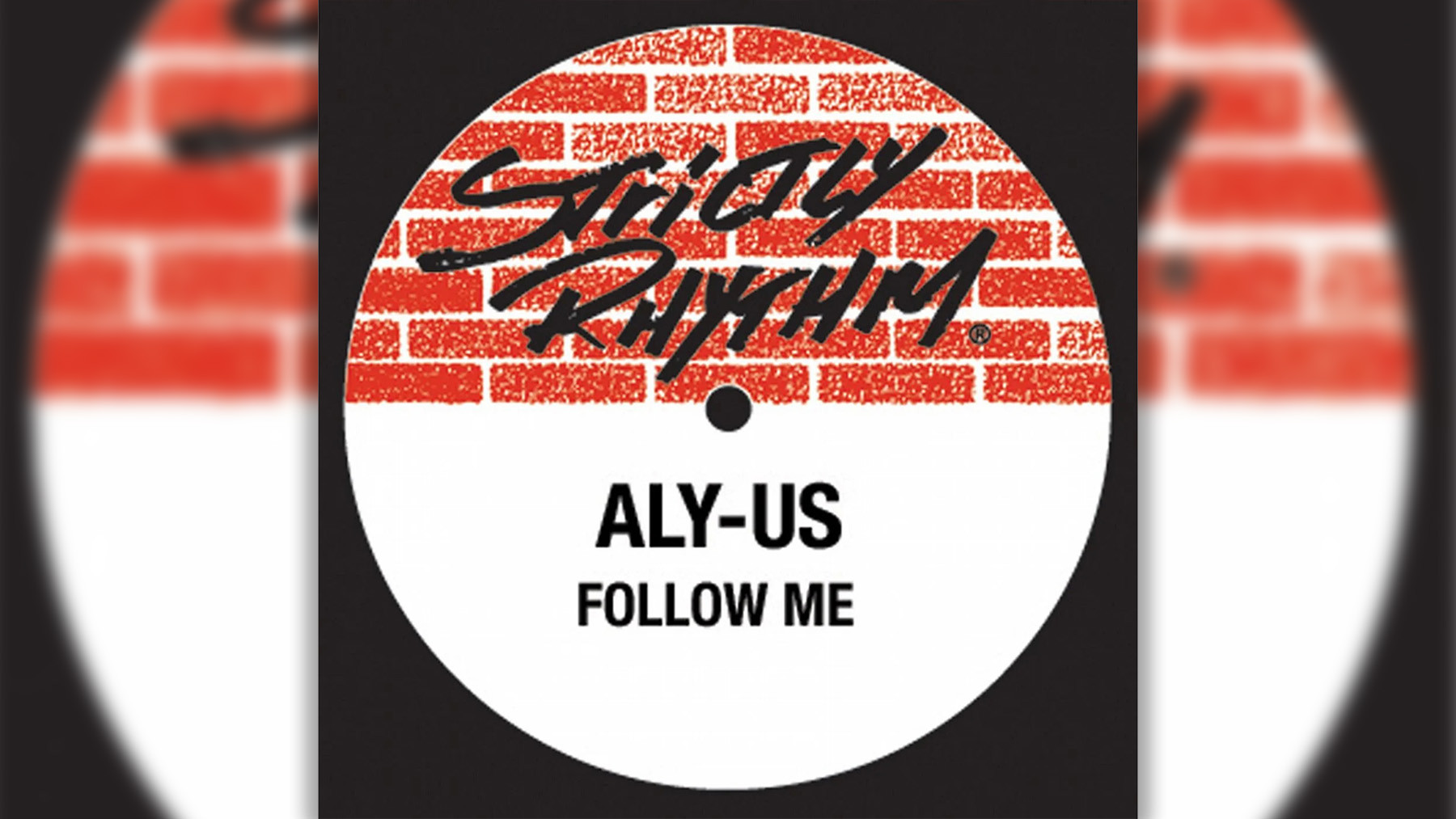 Aly-Us Follow Me
Aly-Us Follow Me
Early house music often had a raw, unpolished quality, part of its charm. Aly-Us’s uplifting anthem, “Follow Me,” is a prime example – a gospel-infused track (“We must stop fighting/To achieve the peace”) from a New Jersey trio recorded in a basement on a four-track. Its lo-fi production and slightly sharp vocals enhance the song’s urgency and emotional impact. “Follow Me” showcases the heartfelt and DIY spirit of early best dance music. —M.M.
George McCrae, ‘Rock Your Baby’ (1974)
Image Credit: Redferns
In the summer of 1974, two club-originating songs reached Number One on the Billboard Hot 100: Hues Corporation’s “Rock the Boat” and George McCrae’s “Rock Your Baby.” These were early disco hits. The shimmering instrumental track for “Rock Your Baby” was created by Henry Wayne Casey, Richard Finch, and Jerome Smith. McCrae was added as he was present at TK Records: “I think they gave me ‘Rock Your Baby’ to get me out of their hair,” he recalled. Casey, Finch, and Smith later formed KC and the Sunshine Band. “Rock Your Baby” marked a pivotal moment in the rise of disco and best dance music in the mainstream. —M.M.
El General, ‘Perezosa’ (1995)
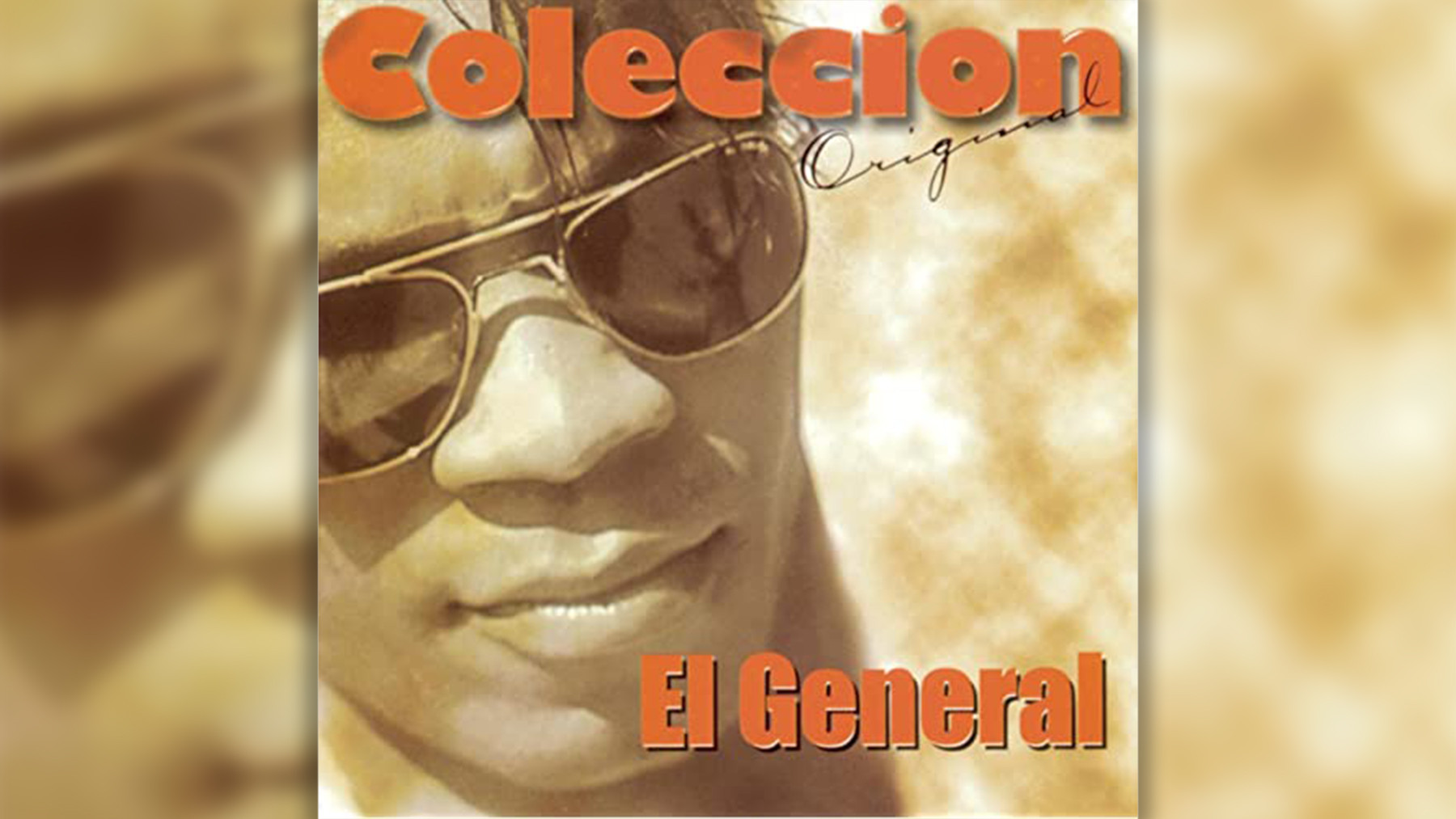 El General
El General
Panamanian pioneer El General established the foundation for reggaeton with international hits using reggae rhythms in the 80s and 90s. His experimental approach and broader influence on club music are often overlooked. “Perezosa,” a powerful and empowering dance anthem from his album Club 555, exemplifies his range. Packed with vibrant electronic sounds, it captured the energy of Latin American parties. El General’s contributions highlight the global reach and diverse origins of best dance music. —J.L.
Tom and Jerry, ‘Maximum Style’ (1994)
Image Credit: Naki/Redferns/Getty Images
4Hero – Marc Mac and Dego MacFarlane – are drum and bass icons, consistently creating hits from early UK hardcore to neo-fusion, sometimes under aliases like Tom and Jerry. Tom and Jerry is credited with “Maximum Style,” released as jungle’s UK popularity surged. This smooth, gliding track, with a captivating guitar melody and playful cartoon effects, balances playfulness with a serious groove. “Maximum Style” is a gem within jungle and best dance music from the mid-90s. —M.M.
LCD Soundsystem, ‘Losing My Edge’ (2002)
 LCD Sound System – UNITED STATES – DECEMBER 14: BOWERY BALLROOM Photo of LCD SOUNDSYSTEM, LCD Soundsystem performing at Bowery Ballroom NYC on December 14 2002 (Photo by David Corio/Redferns) Image Credit: Redferns
LCD Sound System – UNITED STATES – DECEMBER 14: BOWERY BALLROOM Photo of LCD SOUNDSYSTEM, LCD Soundsystem performing at Bowery Ballroom NYC on December 14 2002 (Photo by David Corio/Redferns) Image Credit: Redferns
LCD Soundsystem’s debut single, “Losing My Edge,” is both a compelling dance track and a brilliant comedic monologue, a wry commentary that ignited New York’s early 2000s dance-punk scene. James Murphy portrays an aging hipster grappling with obsolescence as a new generation emerges, despite his past experiences. “Losing My Edge” is both hilarious and danceable, its FOMO relatable to all, making it a landmark track of best dance music from the 2000s. —J.D.
Shakira, ‘Ojos Asi (Thunder Mix)’ (1999)
Image Credit: ASSOCIATED PRESS
Pablo Flores, a key figure in Latin pop, worked with Emilio Estefan and artists like Gloria Estefan and Ricky Martin. He and Javier Garza helped Shakira create “Ojos Asi,” a groundbreaking song honoring her Lebanese heritage and foreshadowing global Latin music. Flores’ extended remix amplified these ideas, with masterful production appealing to dance floors worldwide. “Ojos Asi (Thunder Mix)” expanded the boundaries of Latin pop and best dance music, showcasing its global appeal. —J.L.
Squarepusher, ‘My Red Hot Car’ (2001)
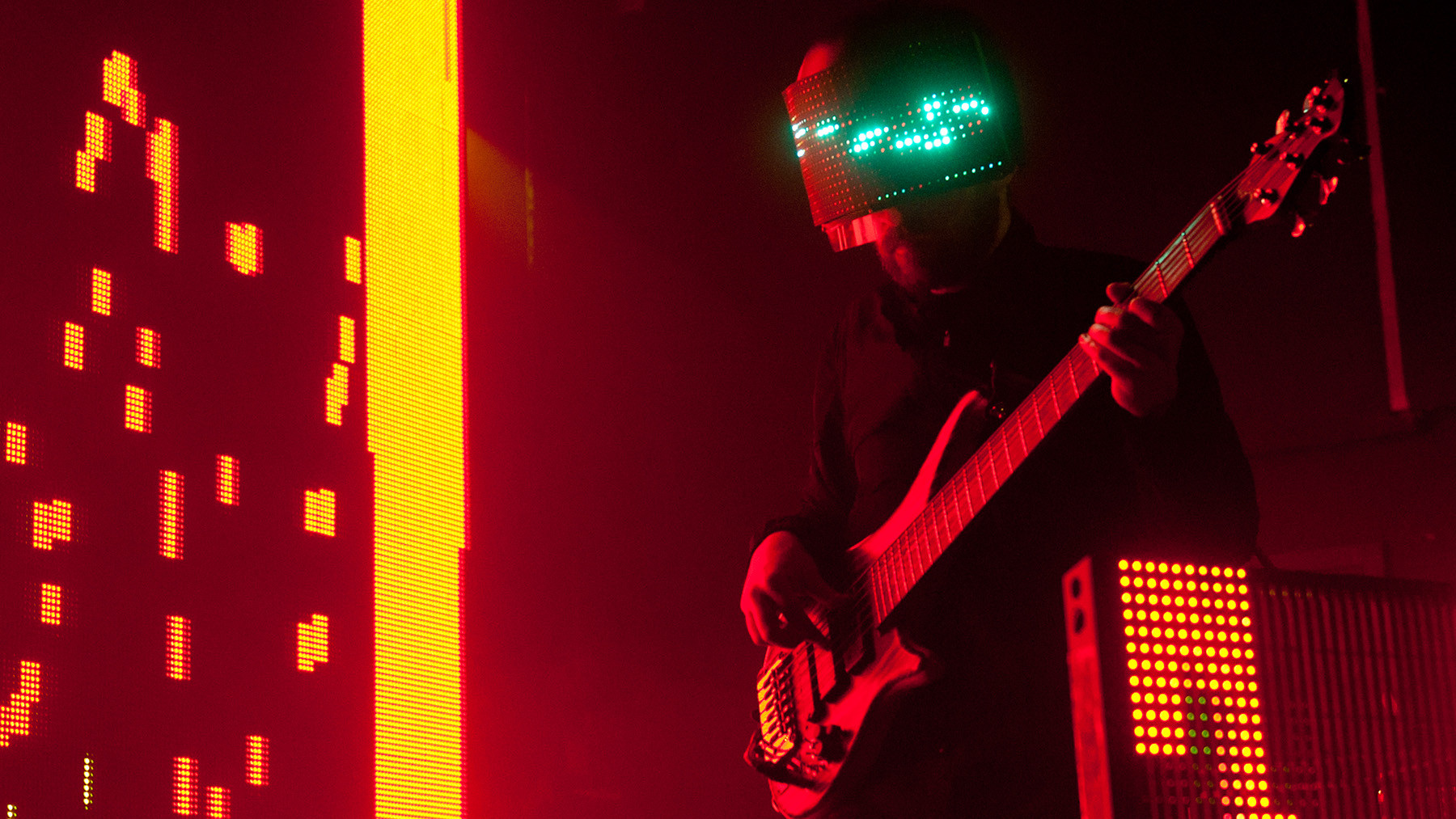 Squarepusher – NOTTINGHAM, UNITED KINGDOM – MARCH 29: (EXCLUSIVE ACCESS) Squarepusher performs a one off show on stage at Rescue Rooms on March 29, 2013 in Nottingham, England. (Photo by Ollie Millington/Redferns via Getty Images) Image Credit: Redferns via Getty Images
Squarepusher – NOTTINGHAM, UNITED KINGDOM – MARCH 29: (EXCLUSIVE ACCESS) Squarepusher performs a one off show on stage at Rescue Rooms on March 29, 2013 in Nottingham, England. (Photo by Ollie Millington/Redferns via Getty Images) Image Credit: Redferns via Getty Images
Tom Jenkinson, a.k.a. Squarepusher, transformed drum and bass into complex, often undanceable music in the mid-90s. He later aimed to create more spontaneous music. “My Red Hot Car,” with its cut-up vocals and glitchy production, is both abstract and groove-oriented. The intricate soundscapes and Jenkinson’s playful bassline made it appealing to adventurous DJs, demonstrating the experimental edge within best dance music. —M.M.
Moloko, ‘Sing It Back (Boris Musical Mix)’ (1997)
Image Credit: Getty Images
Moloko’s 1998 single “Sing It Back,” featuring Róisín Murphy’s distinctive vocals, was initially a downtempo track. It was unsuccessful until Belgian producer Boris Dlugosch remixed it into a Chic-inspired house track. This remix, with its catchy rhythm guitar and bassline, reached the UK Top Five and launched Murphy’s successful solo career. The Boris Musical Mix exemplifies the transformative power of remixes in shaping best dance music hits. —M.M.
The Human League, ‘Don’t You Want Me’ (1981)
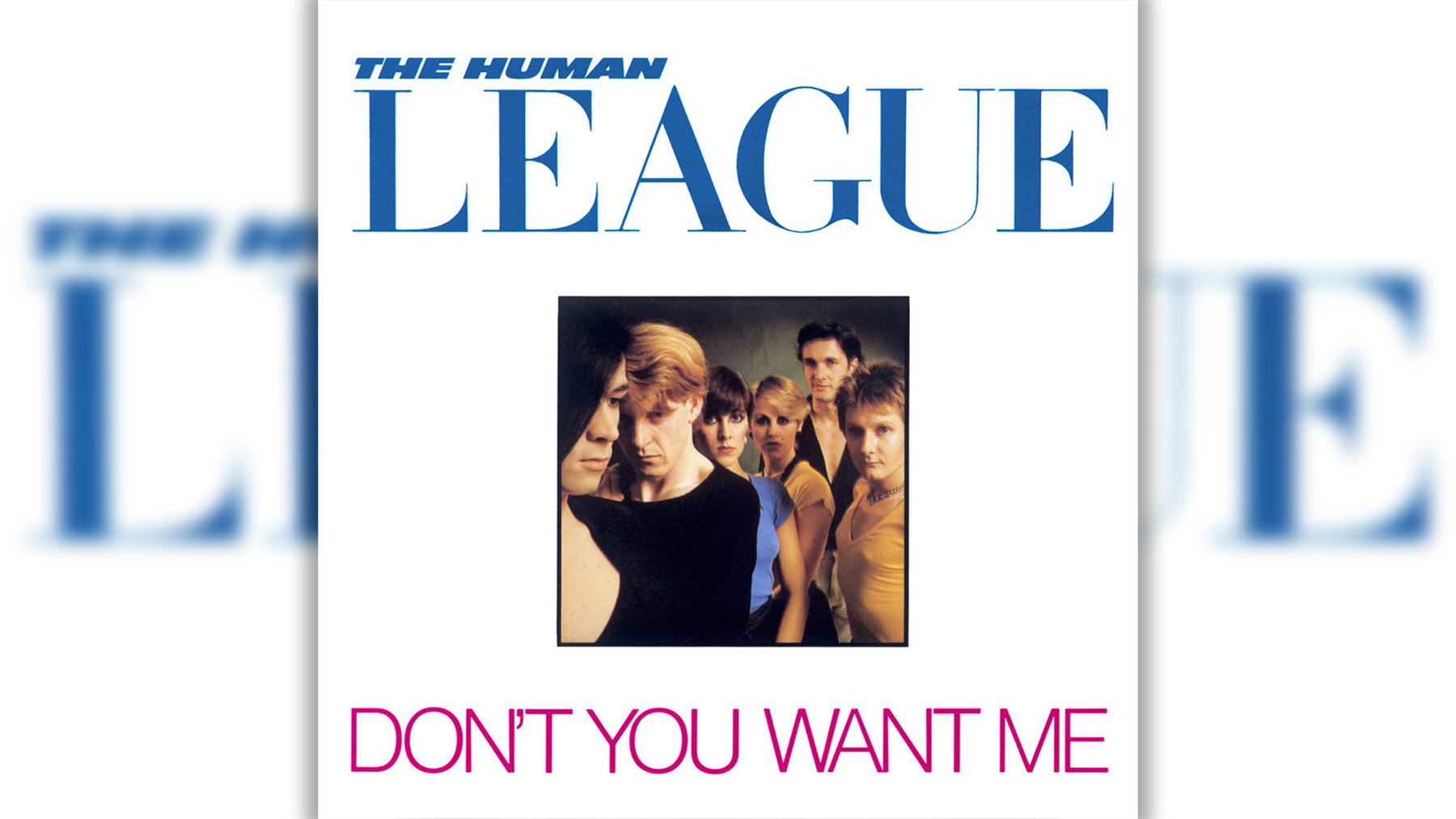 The Human League Don Human League keyboardist Jo Callis described the lyrical concept of “Don’t You Want Me” as “a story in the song which is very much A Star Is Born [and] My Fair Lady — the impresario who takes an everyday person and transforms her into a superstar that outshines himself.” Despite initial doubts, the song’s structure and catchy riff proved irresistible. It became the group’s first Number One in the UK and US, and a Top Three hit on the Billboard Dance Club chart. “Don’t You Want Me” was a crucial moment in the convergence of UK synth-pop, club music, and mainstream pop, solidifying its place in best dance music history. —M.M.
The Human League Don Human League keyboardist Jo Callis described the lyrical concept of “Don’t You Want Me” as “a story in the song which is very much A Star Is Born [and] My Fair Lady — the impresario who takes an everyday person and transforms her into a superstar that outshines himself.” Despite initial doubts, the song’s structure and catchy riff proved irresistible. It became the group’s first Number One in the UK and US, and a Top Three hit on the Billboard Dance Club chart. “Don’t You Want Me” was a crucial moment in the convergence of UK synth-pop, club music, and mainstream pop, solidifying its place in best dance music history. —M.M.


